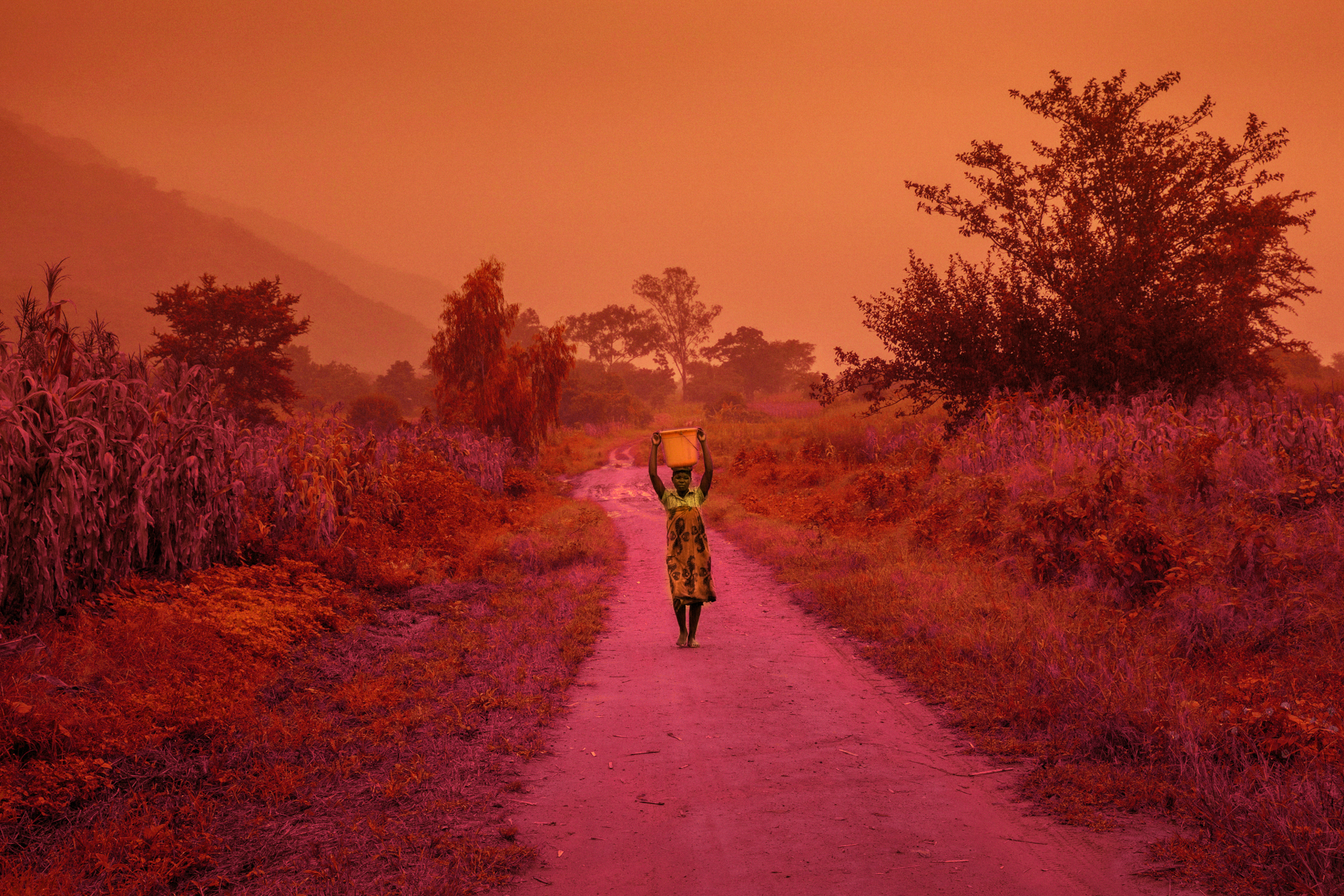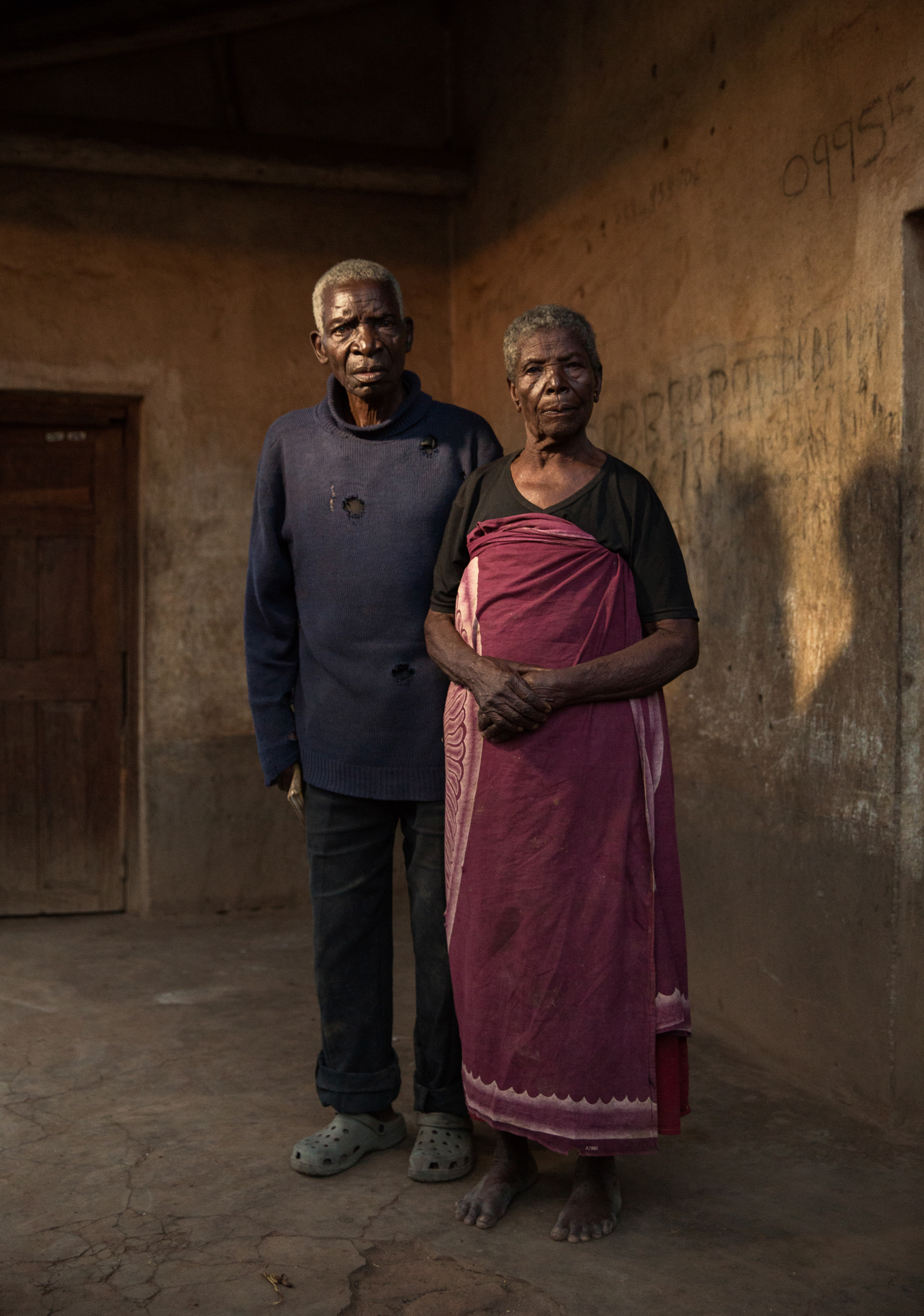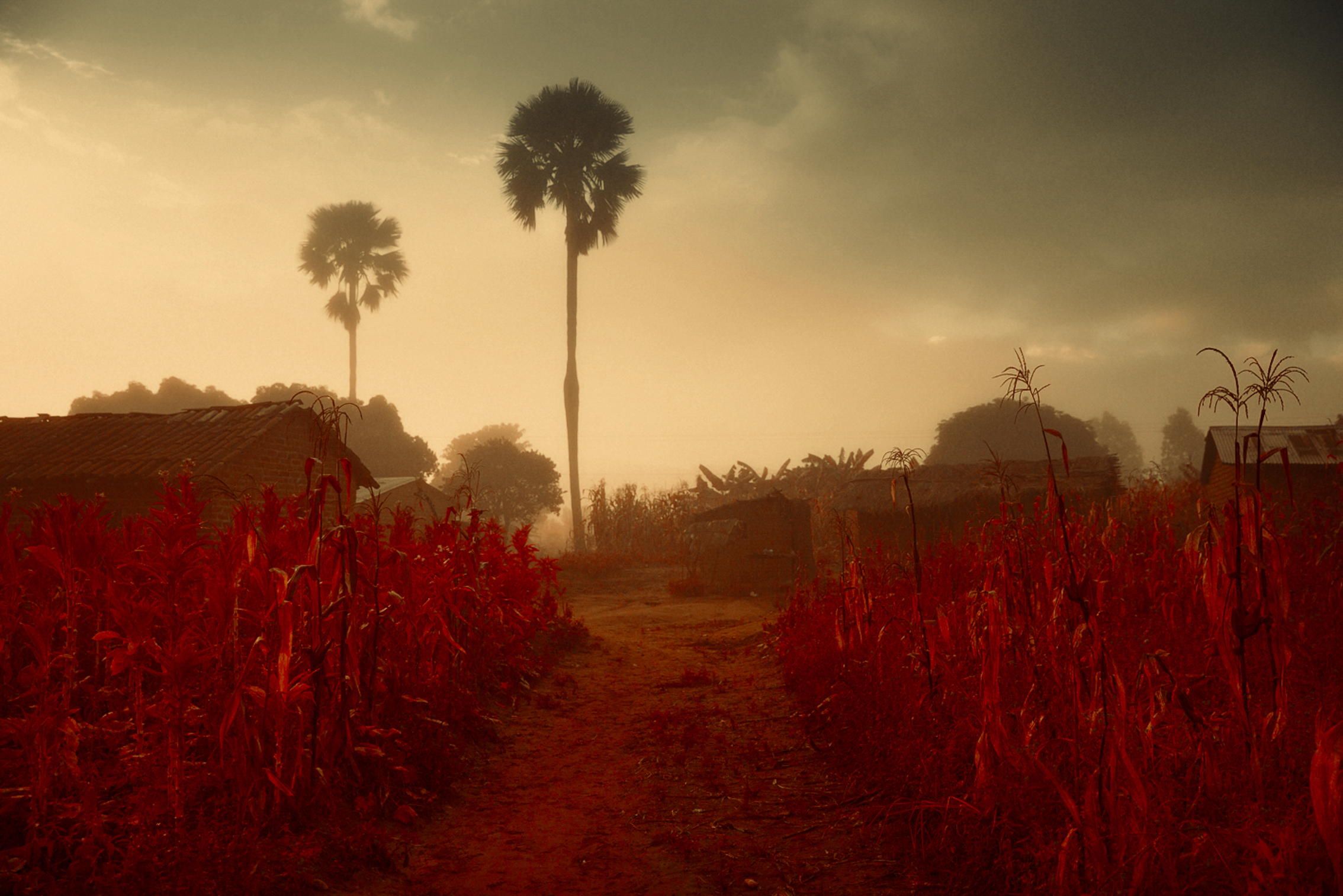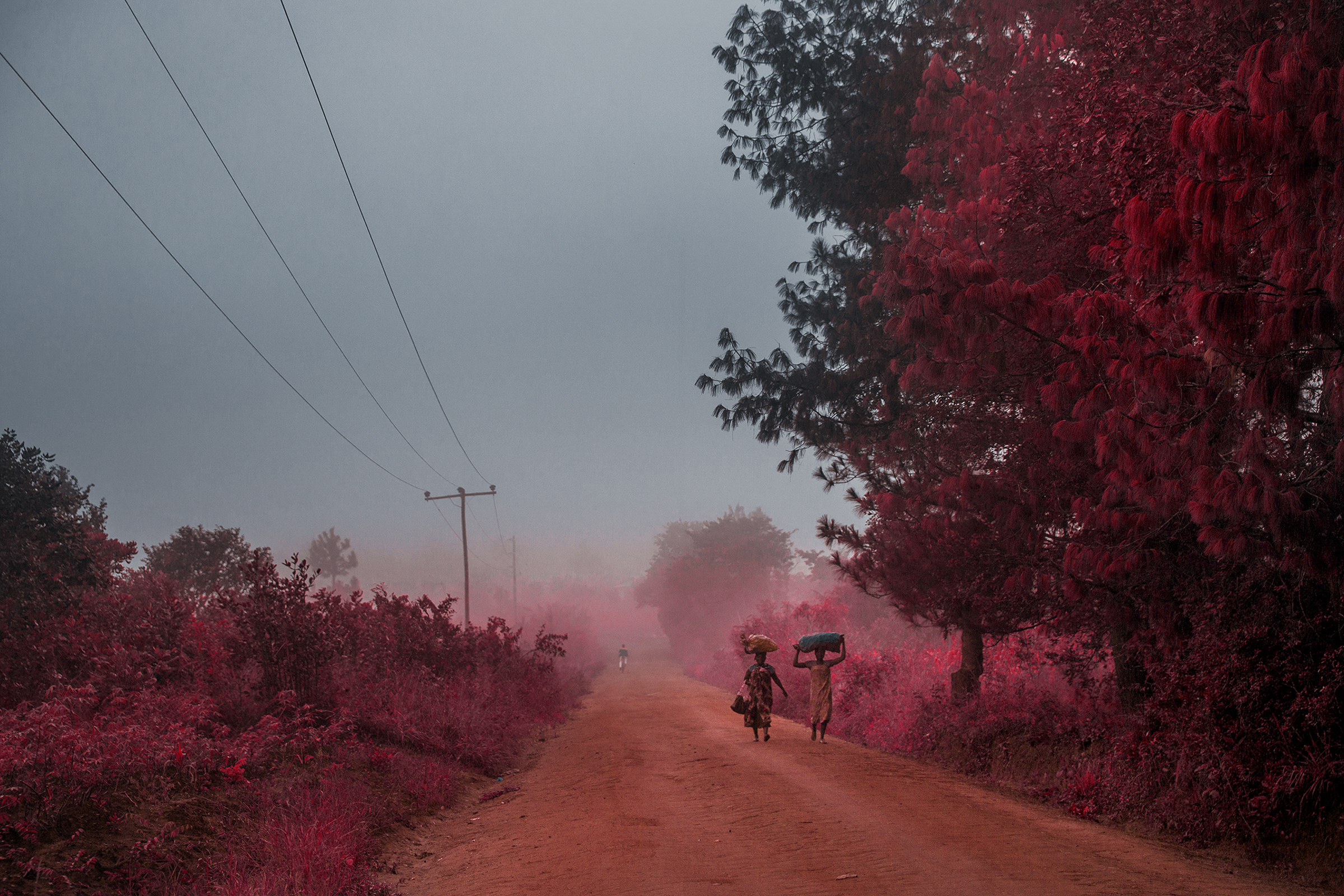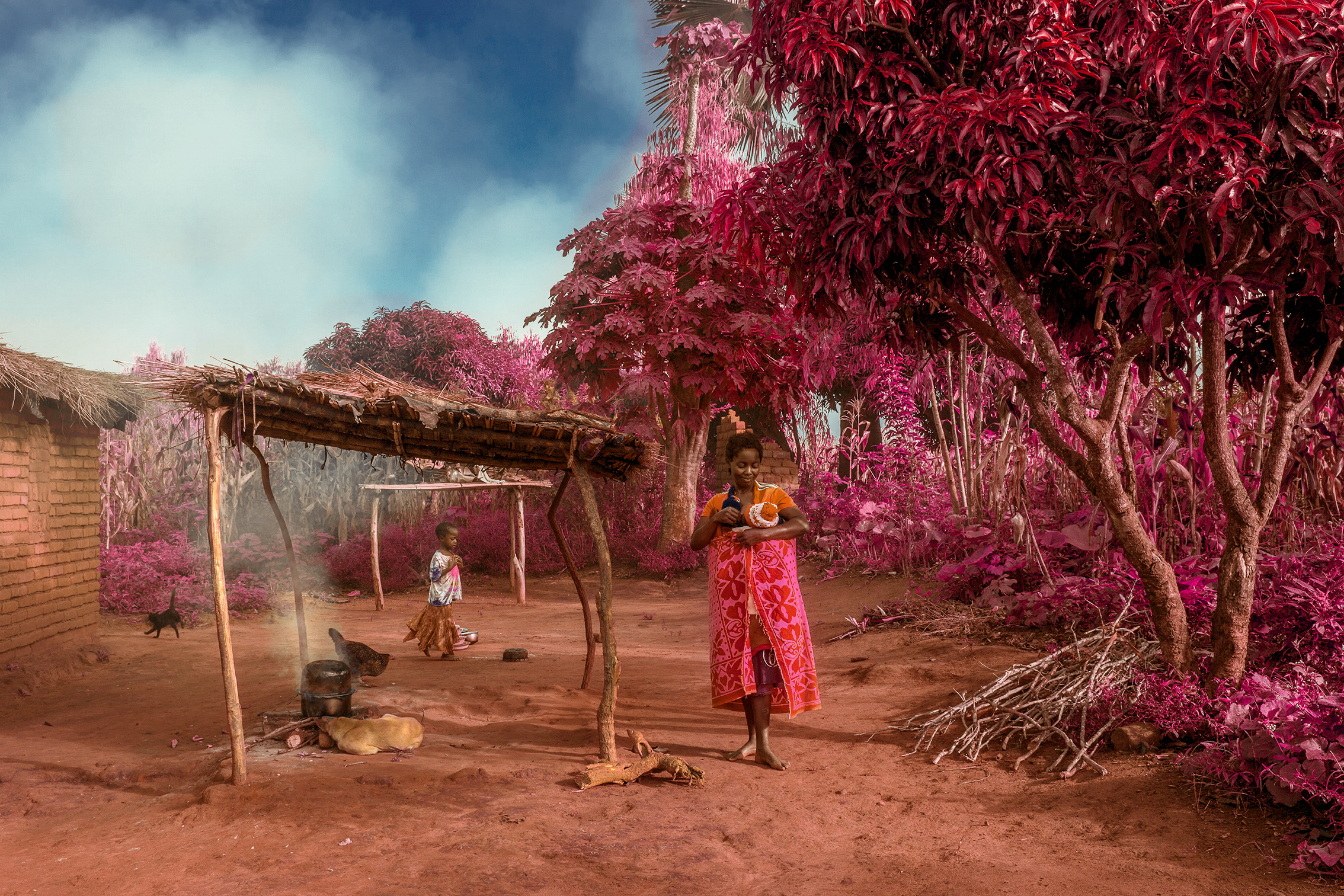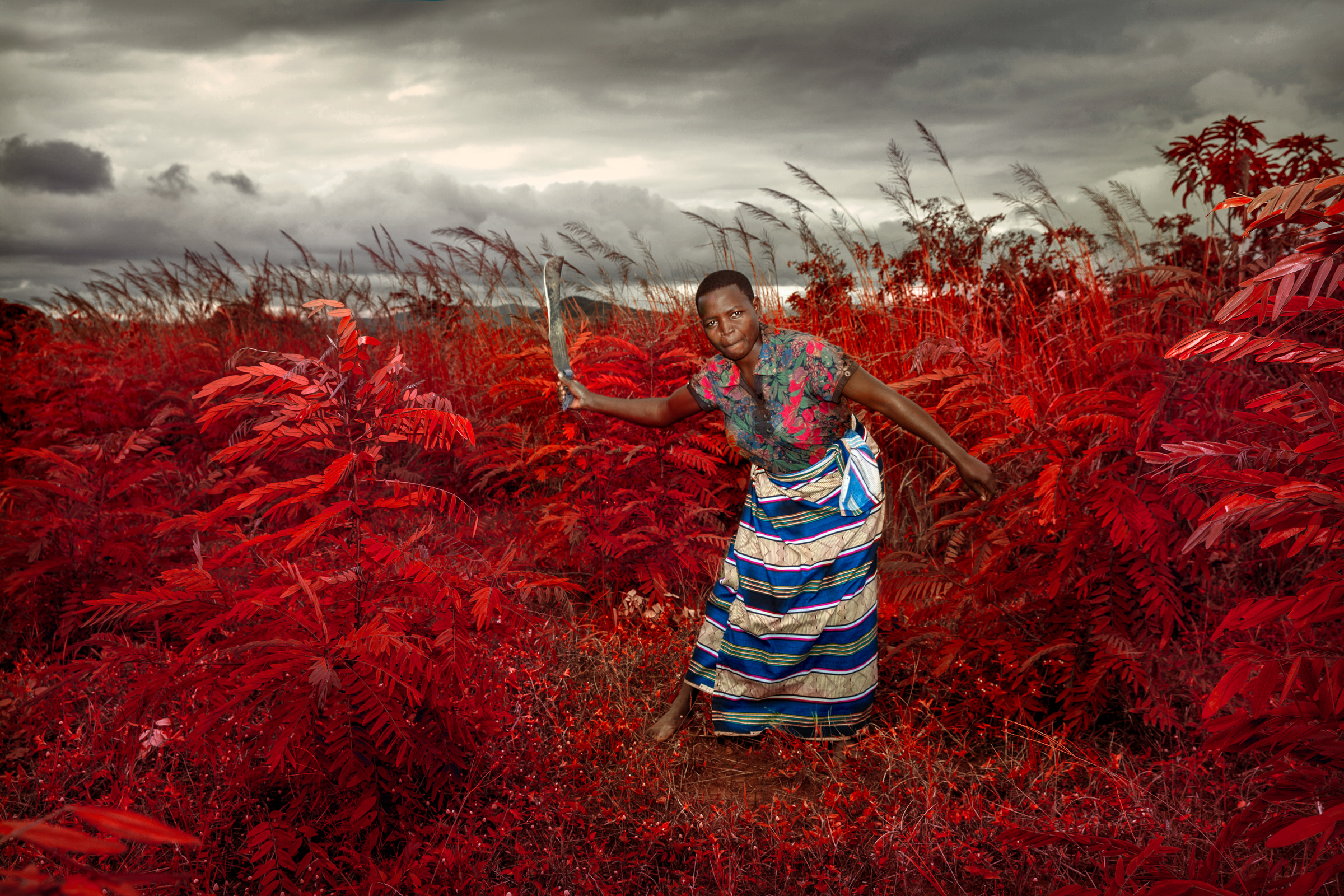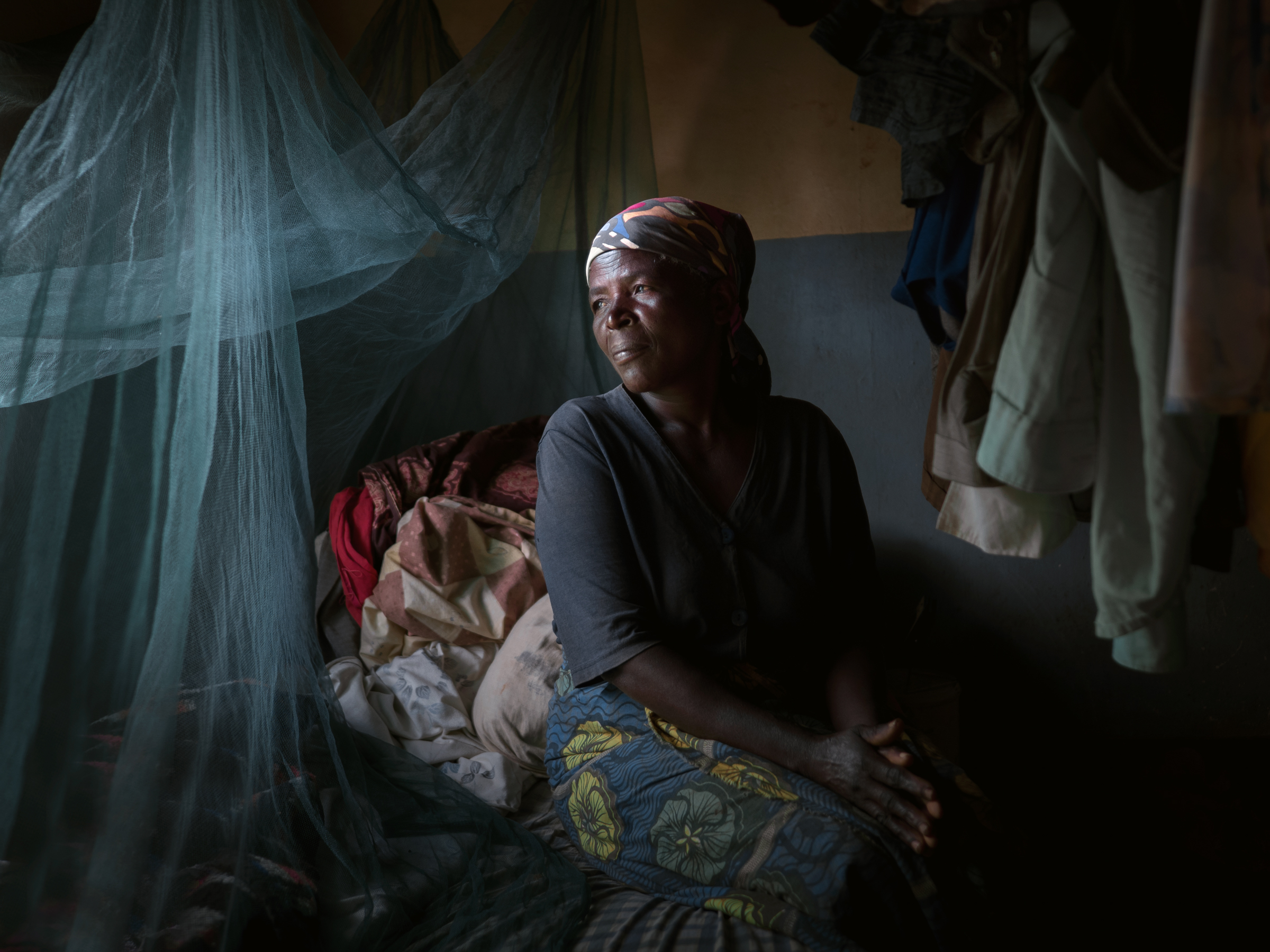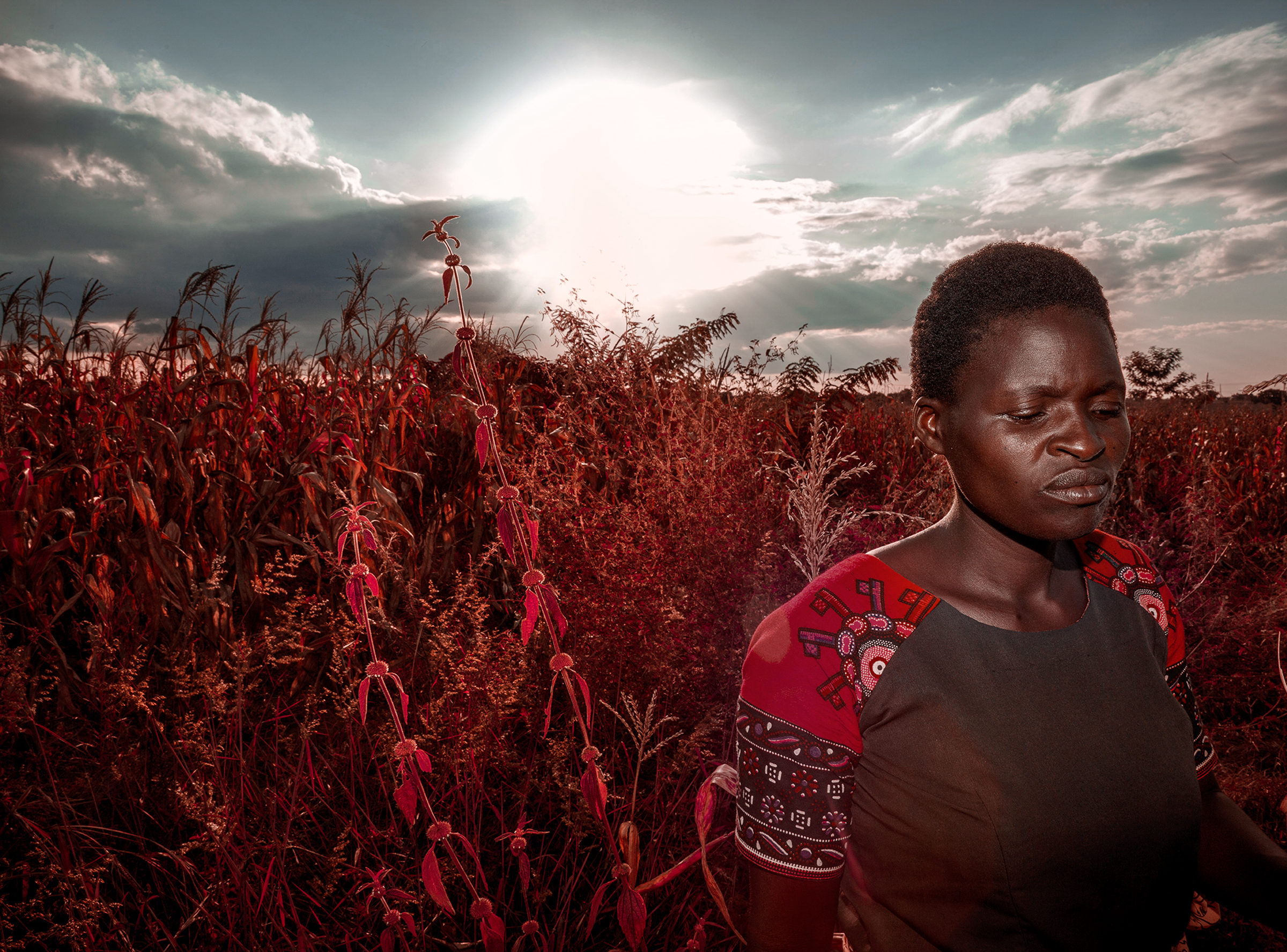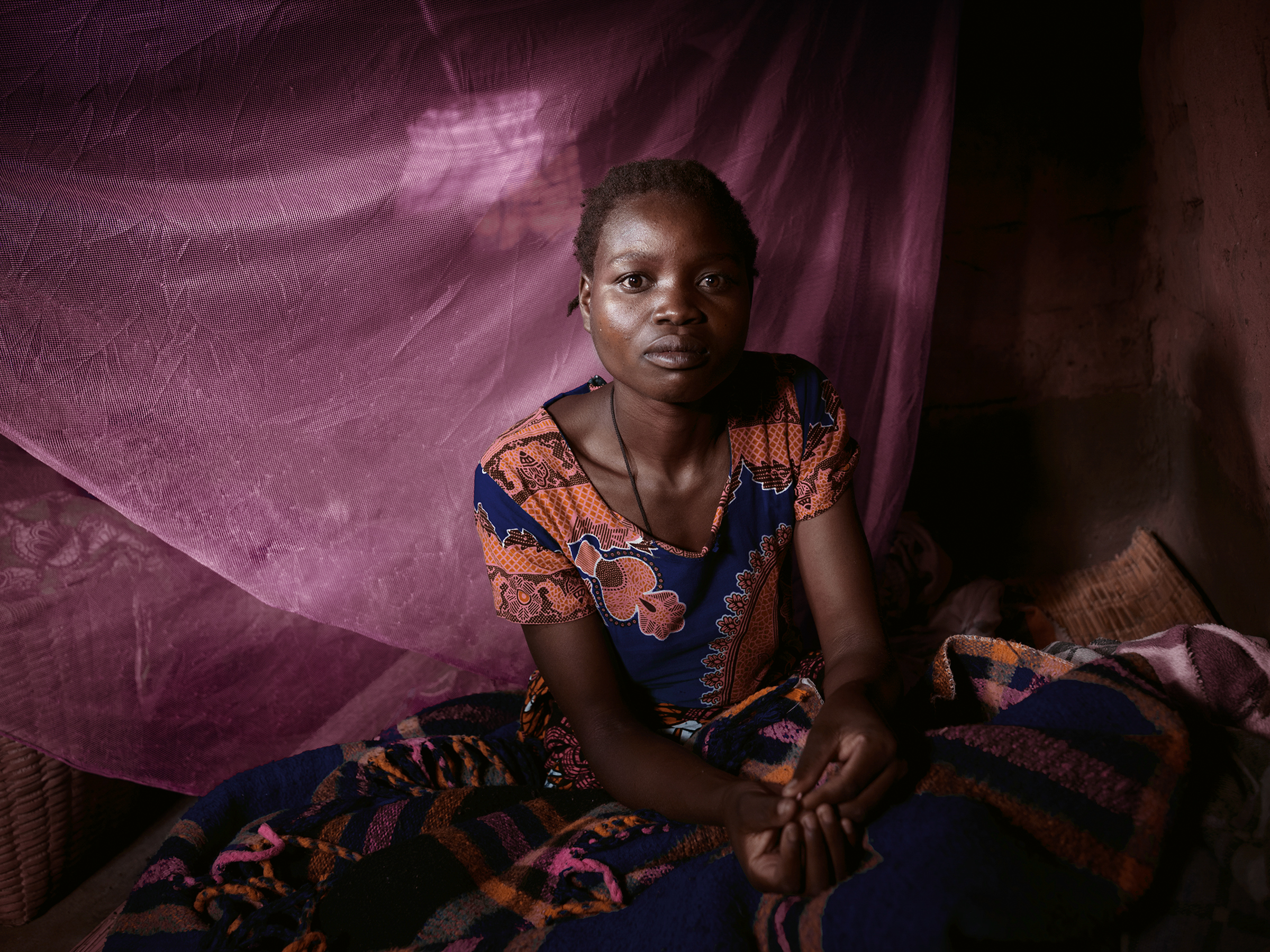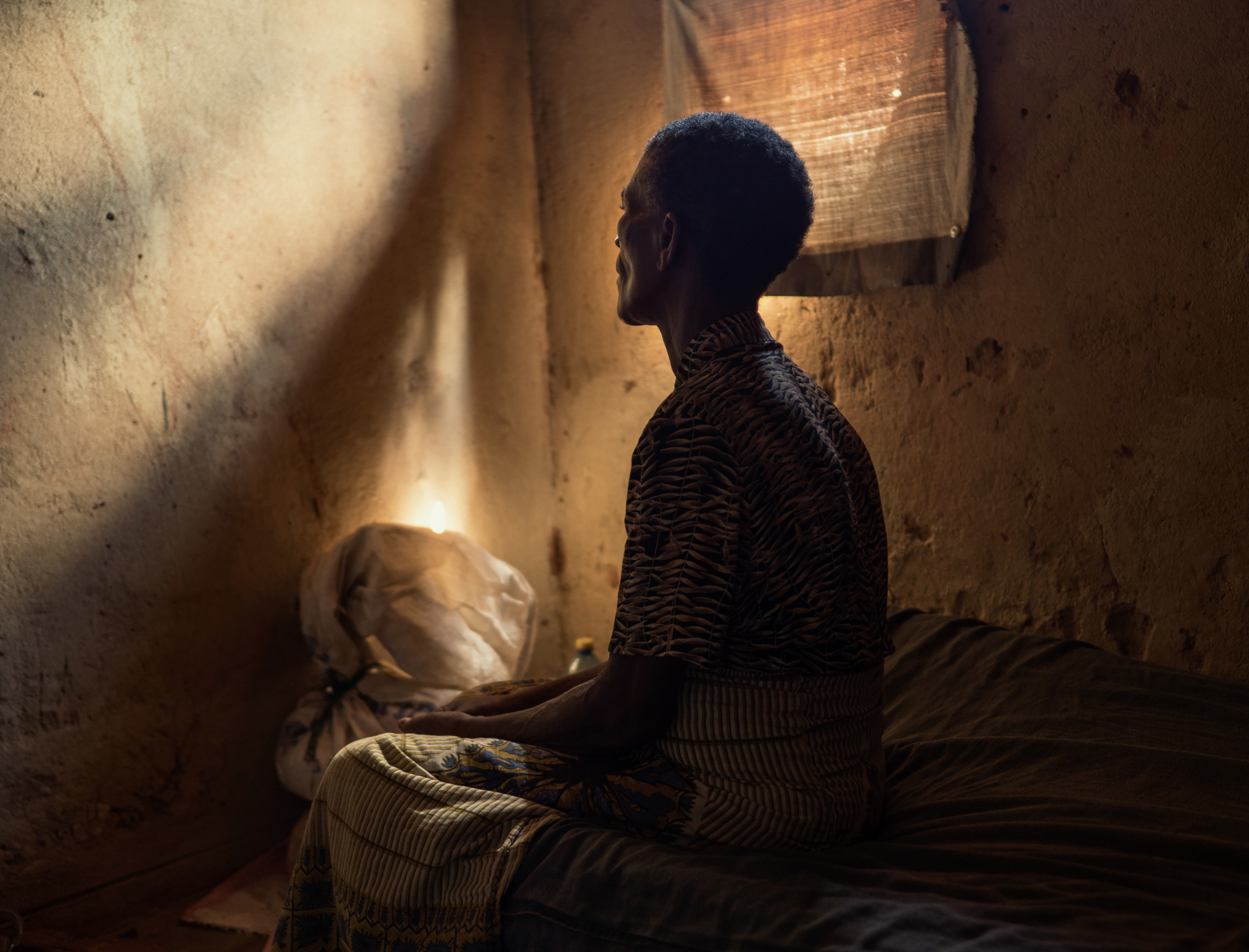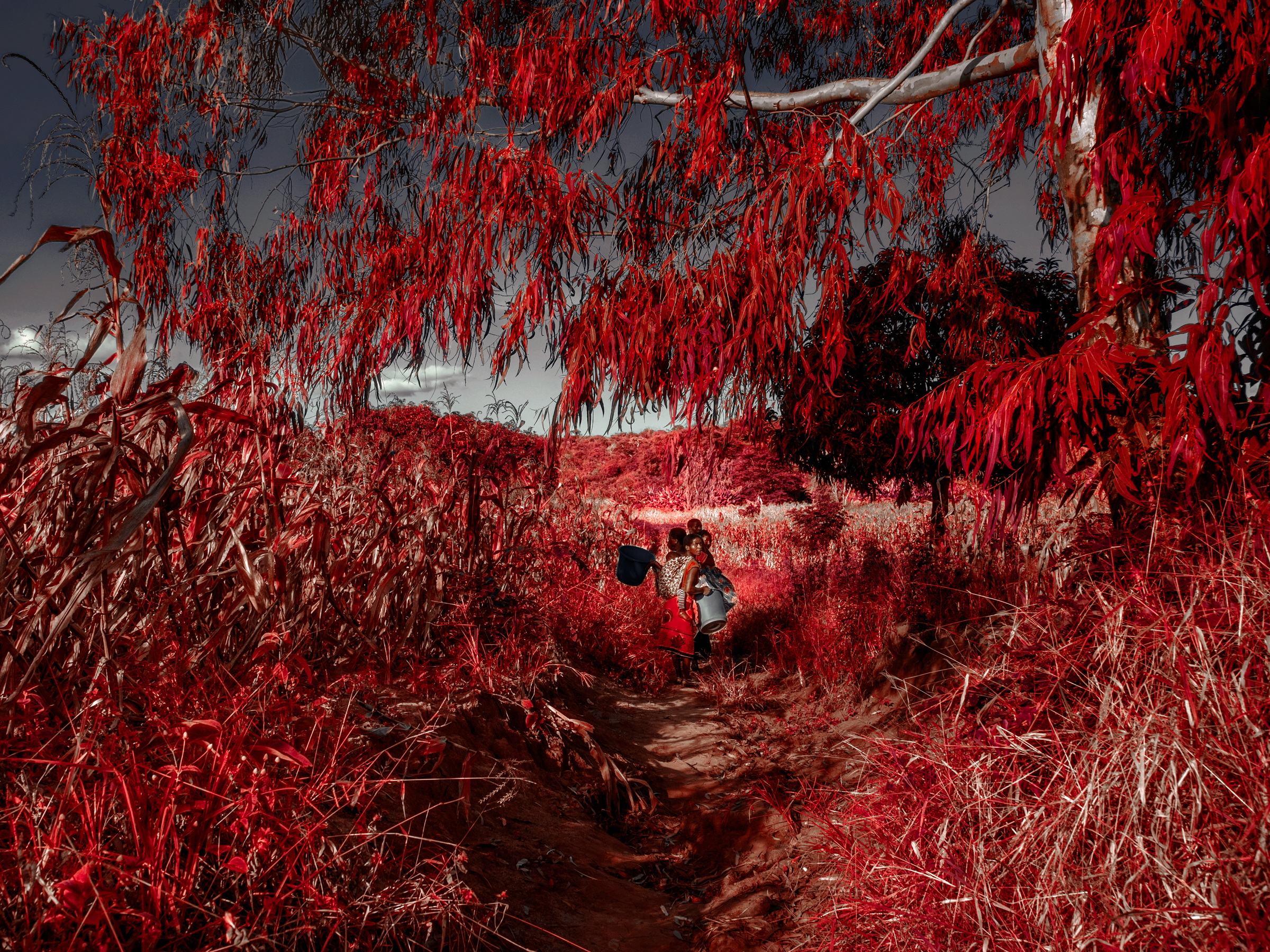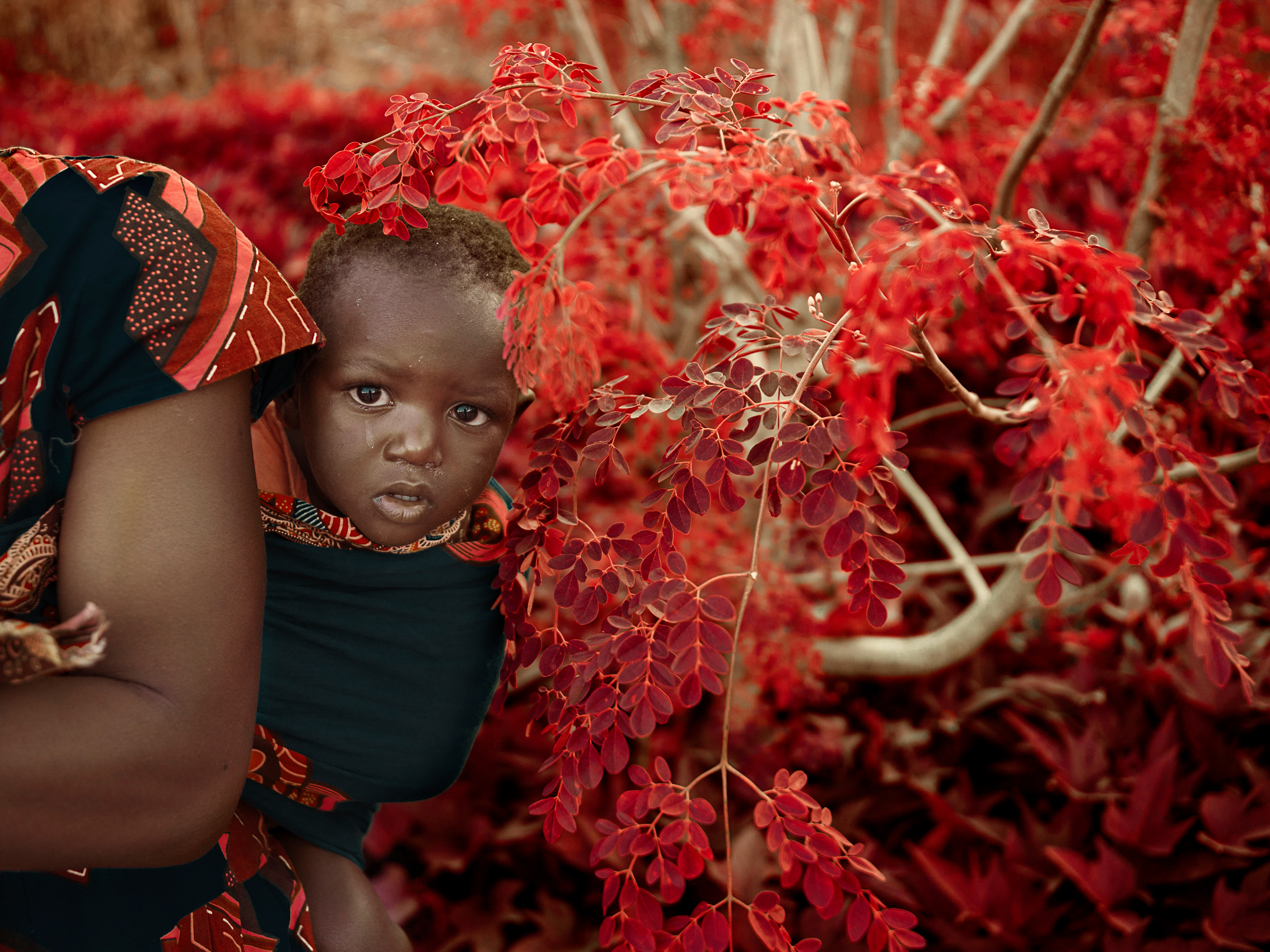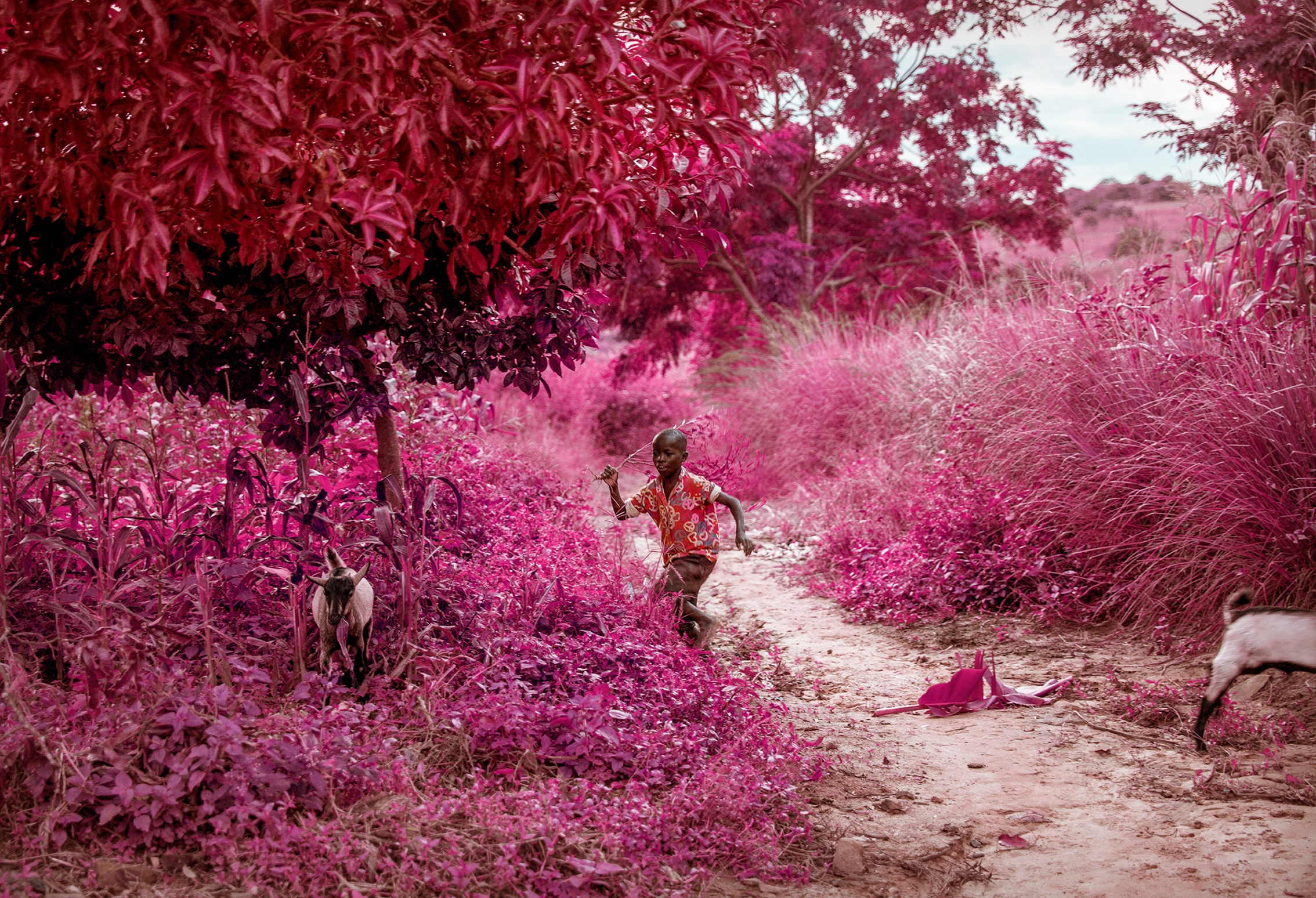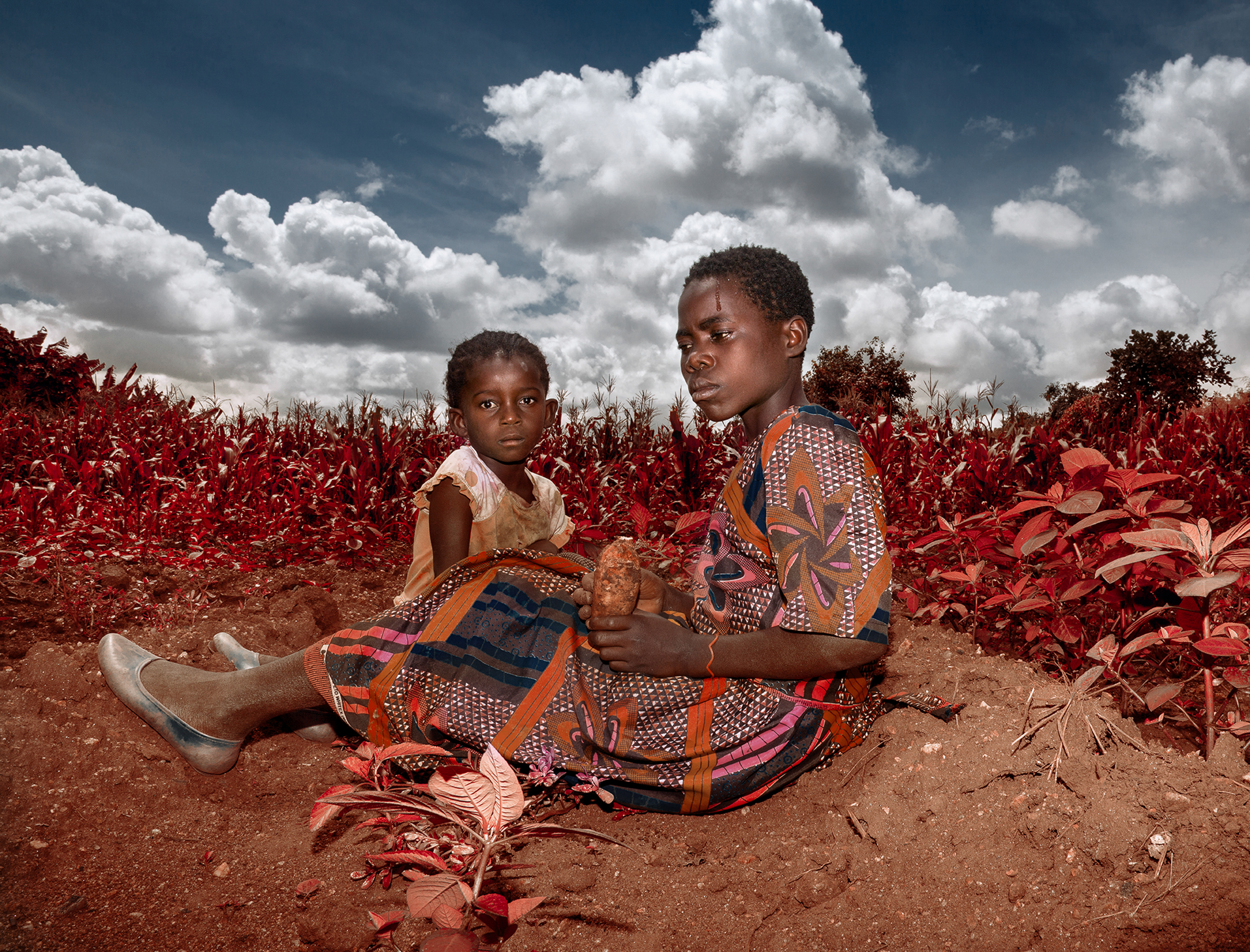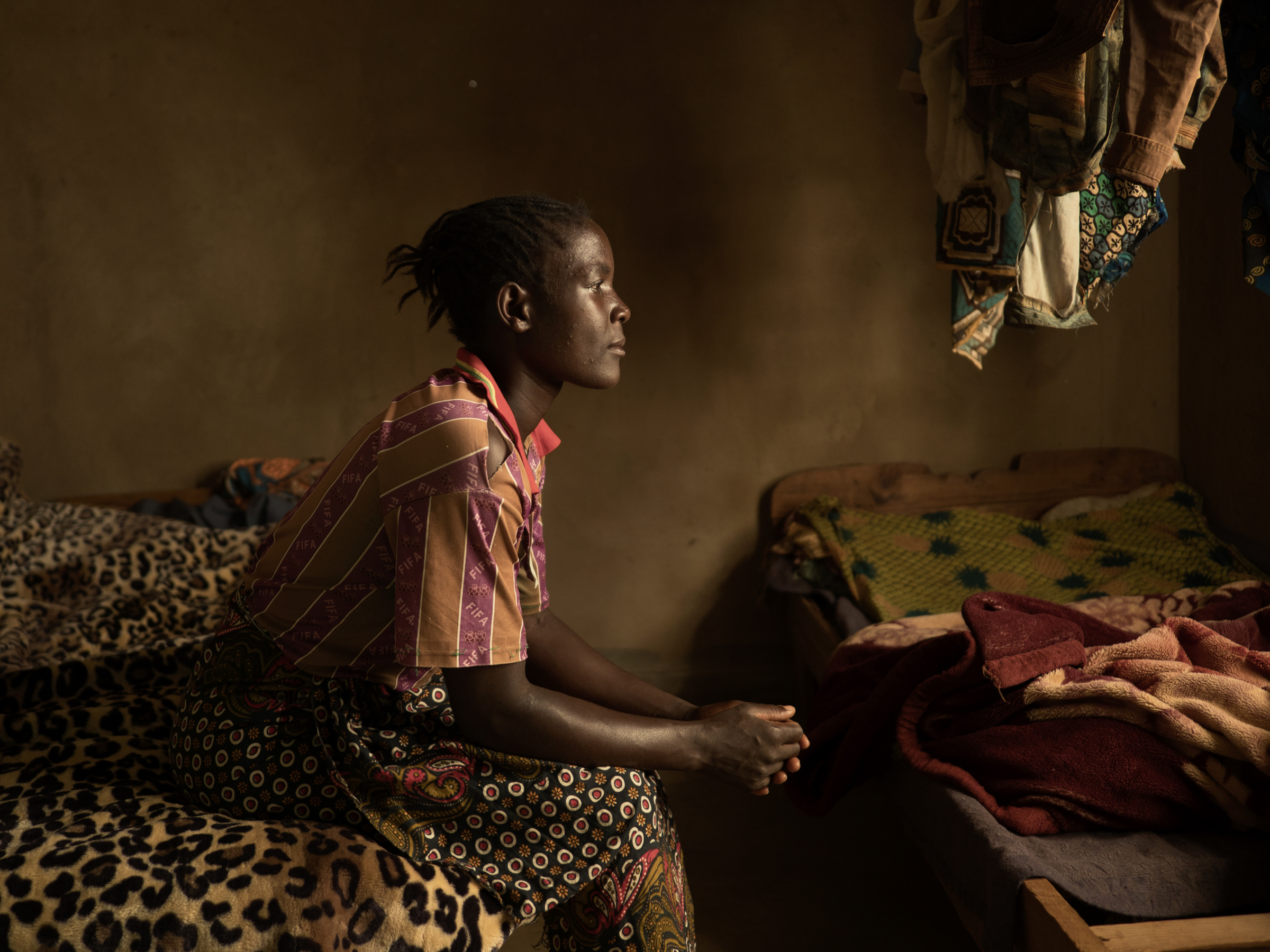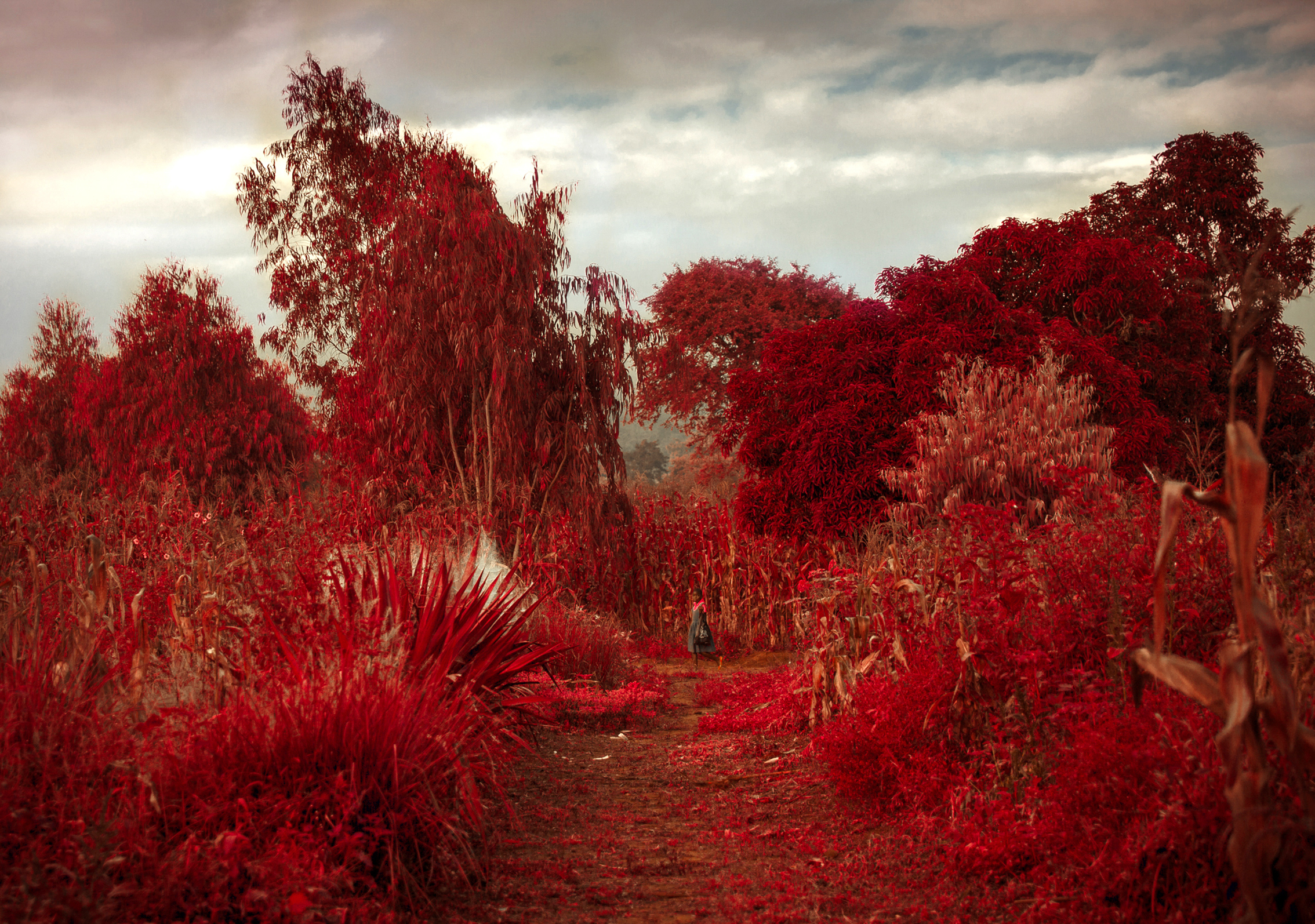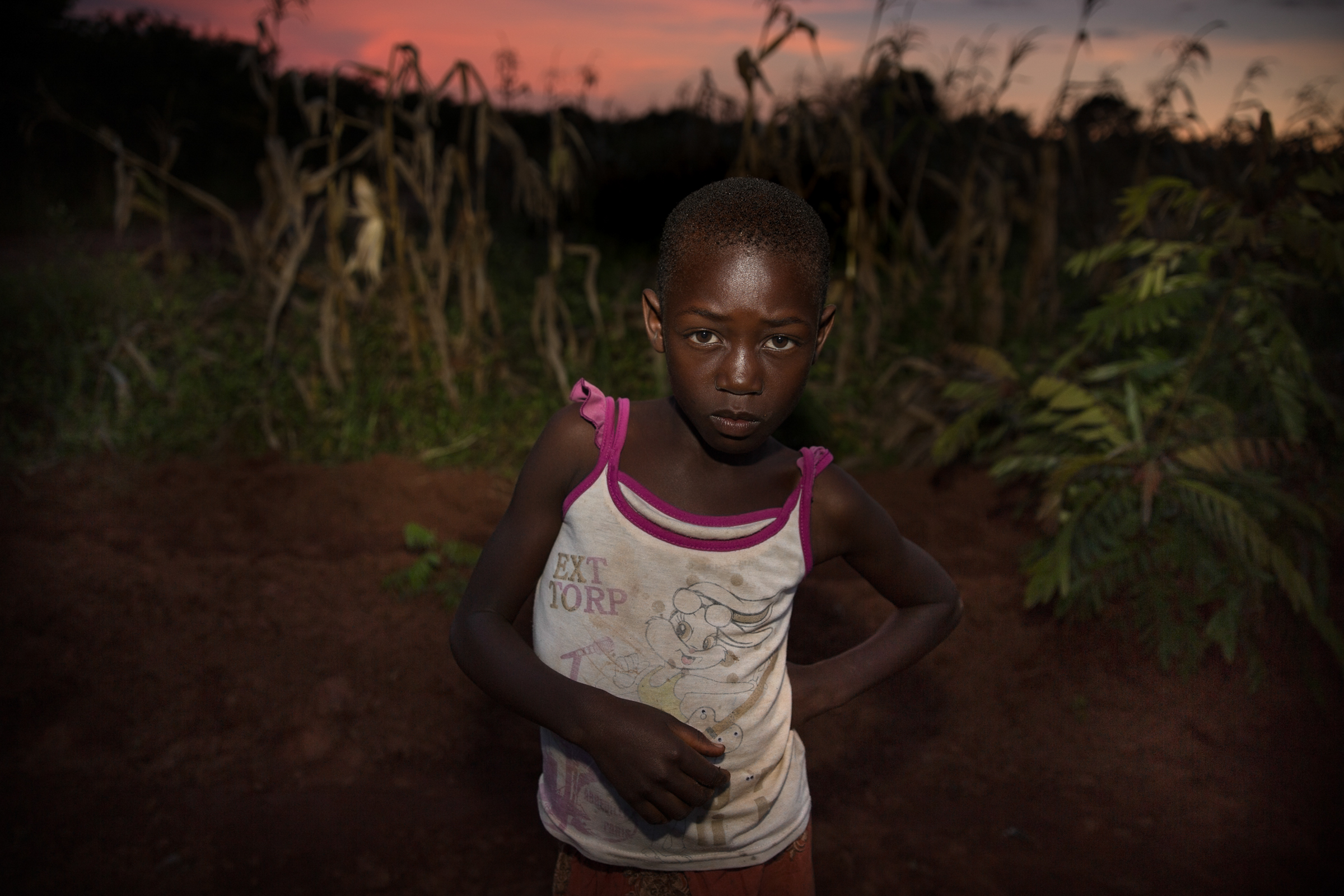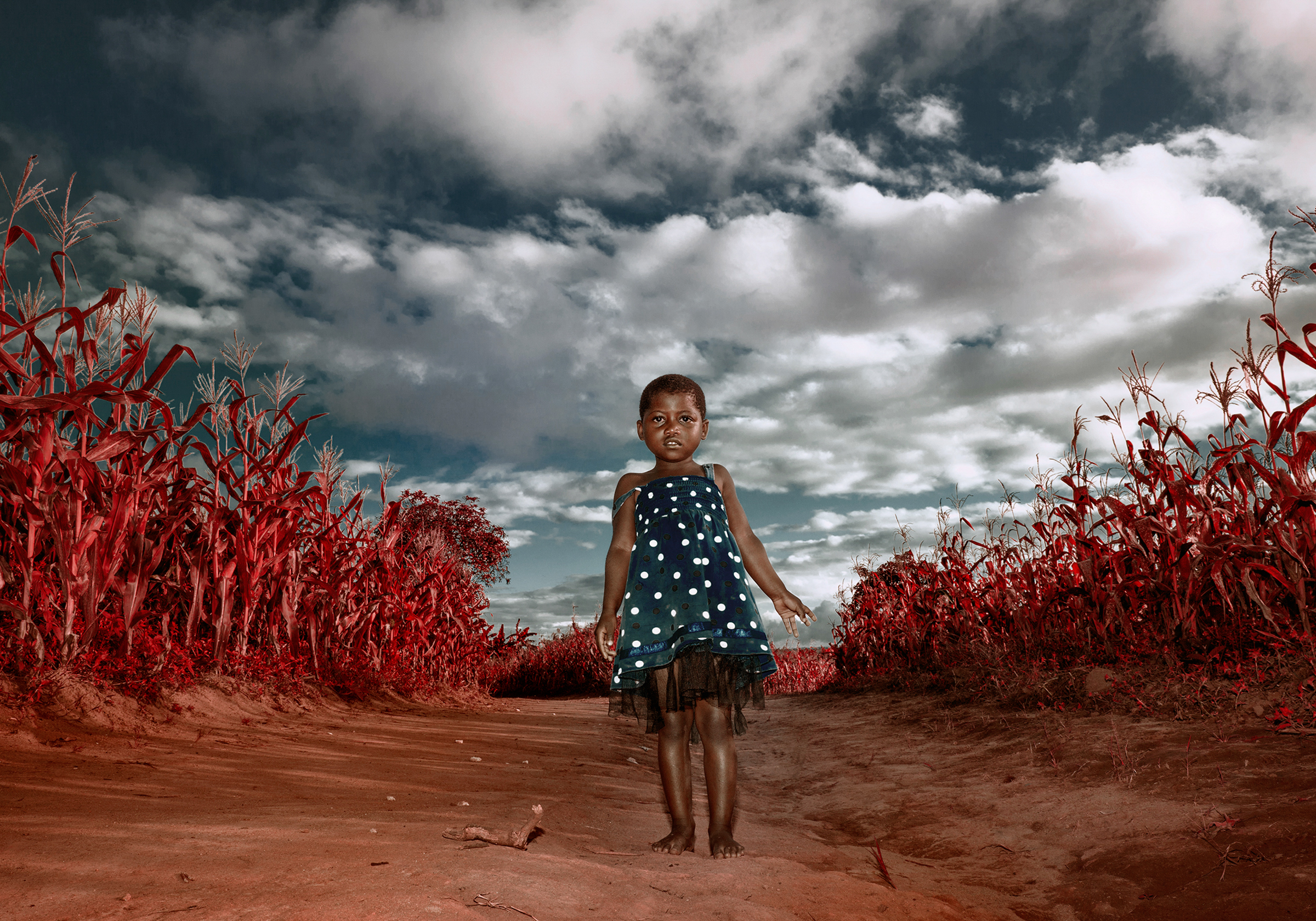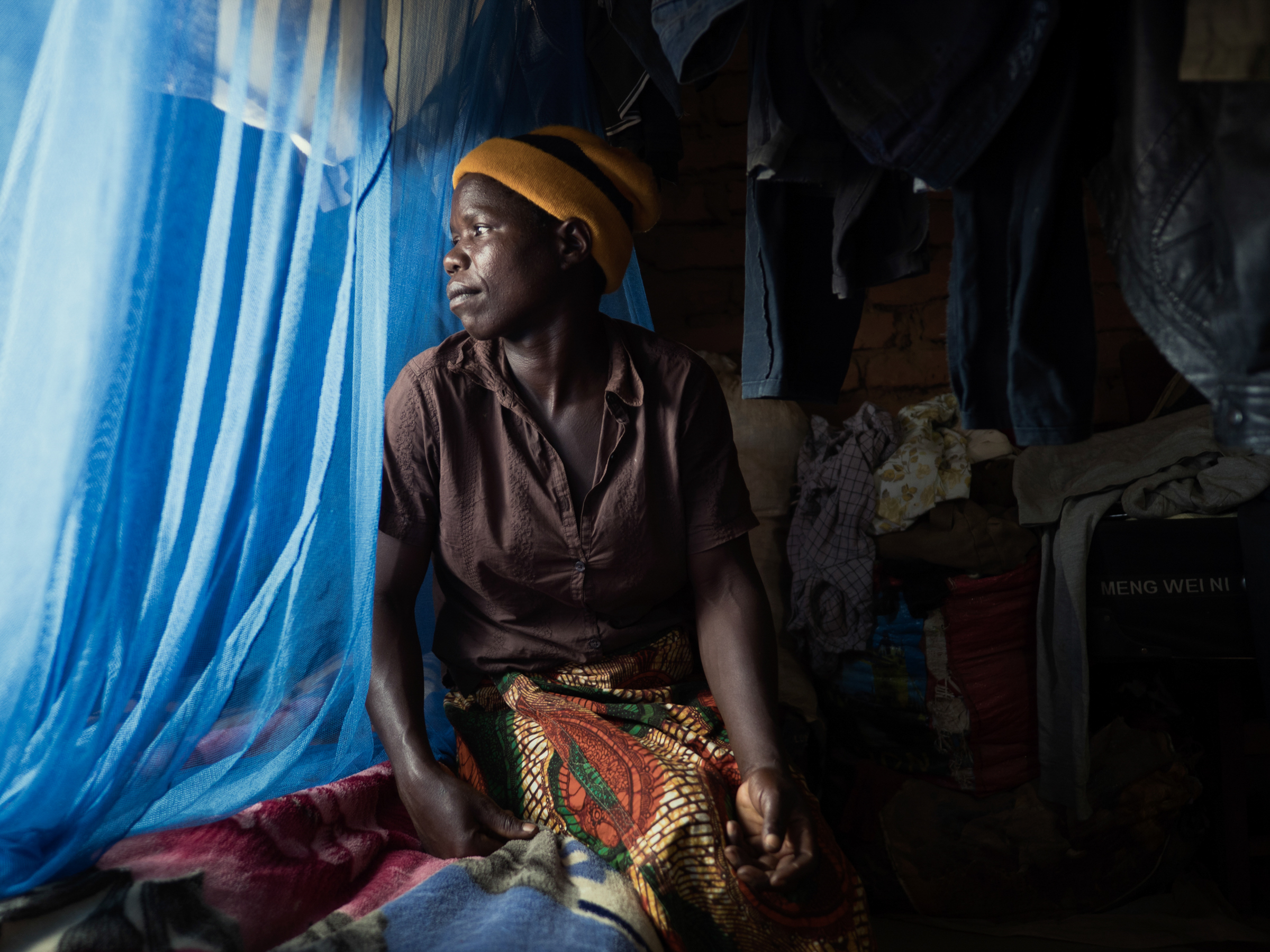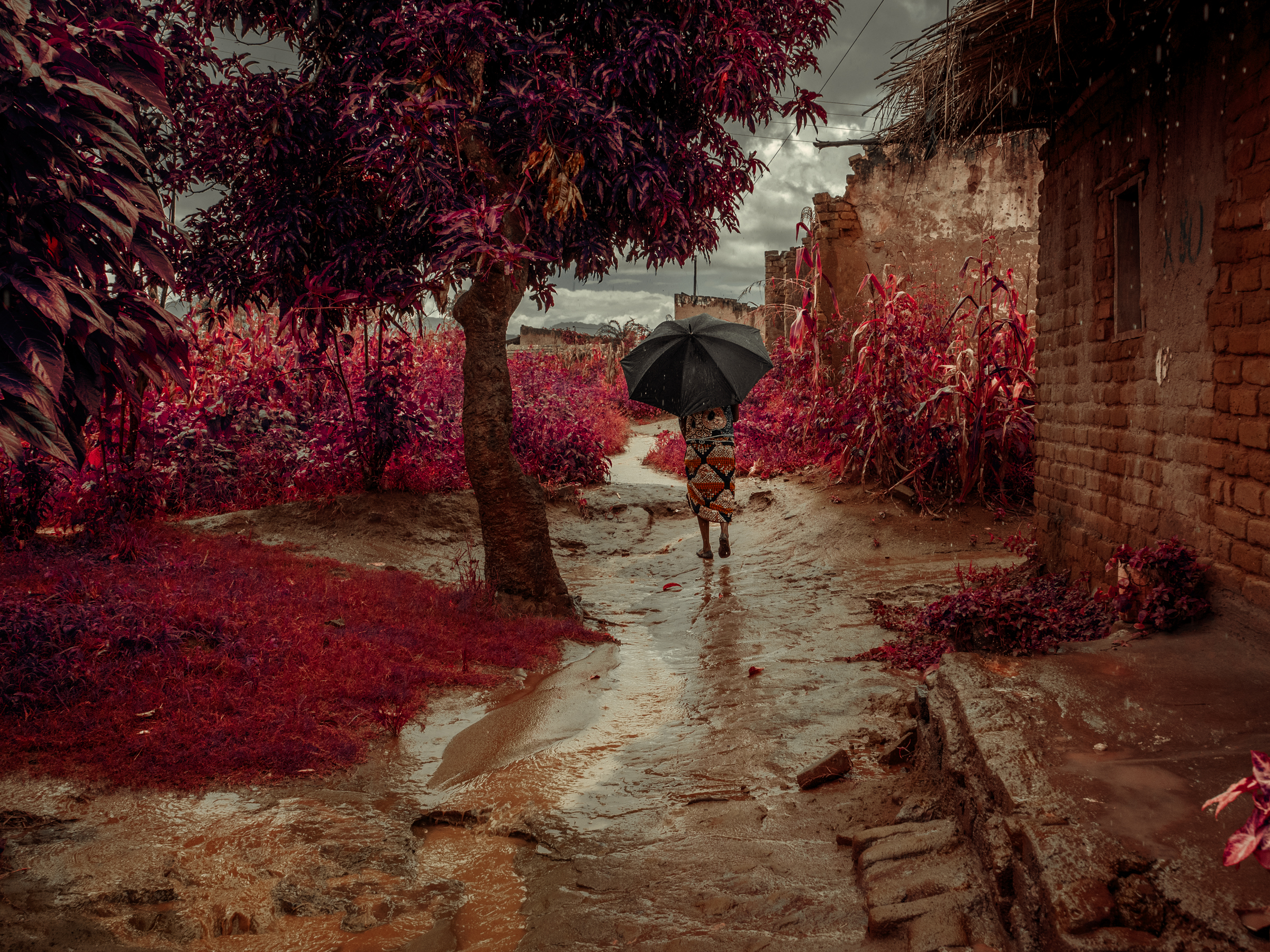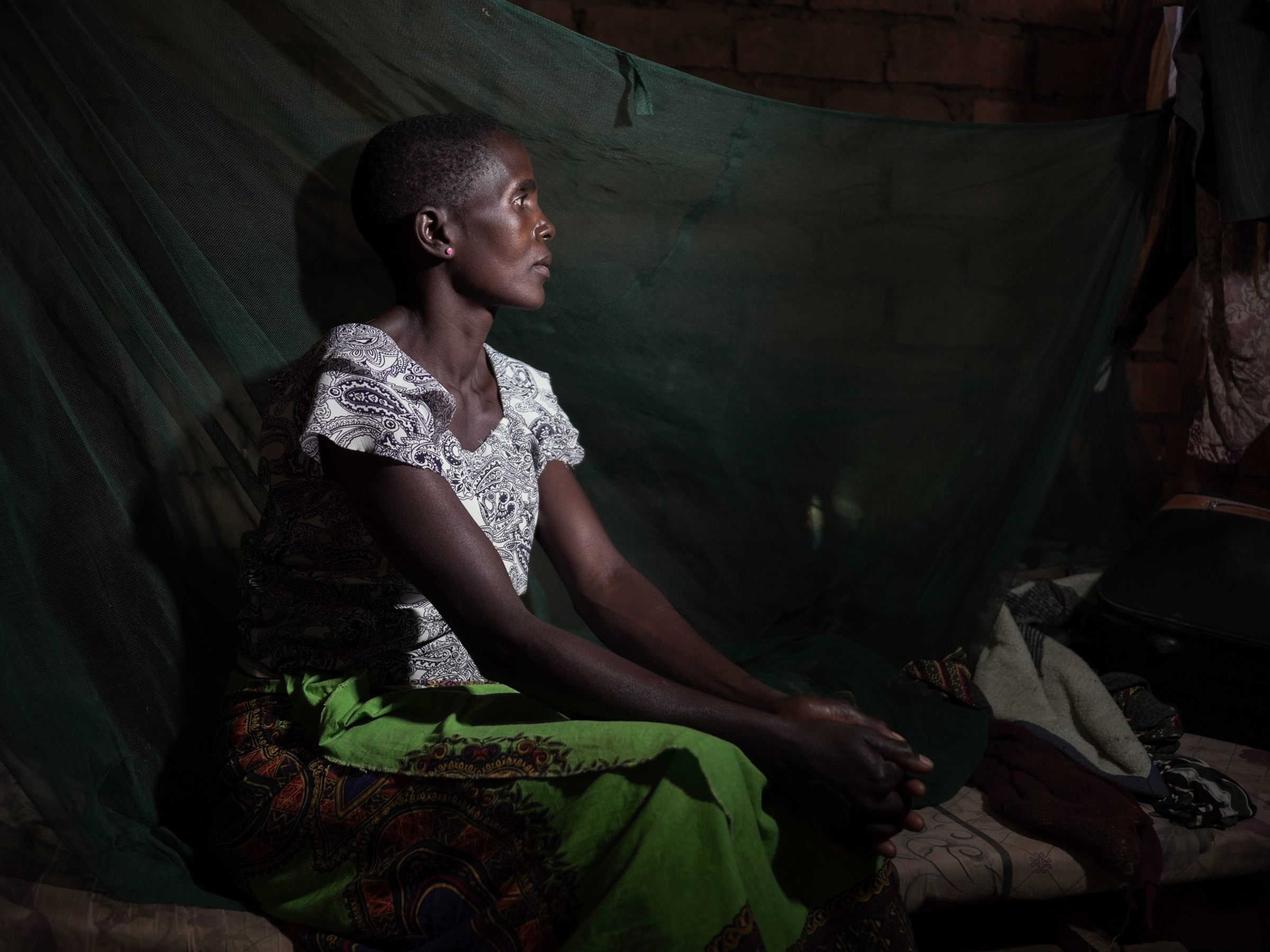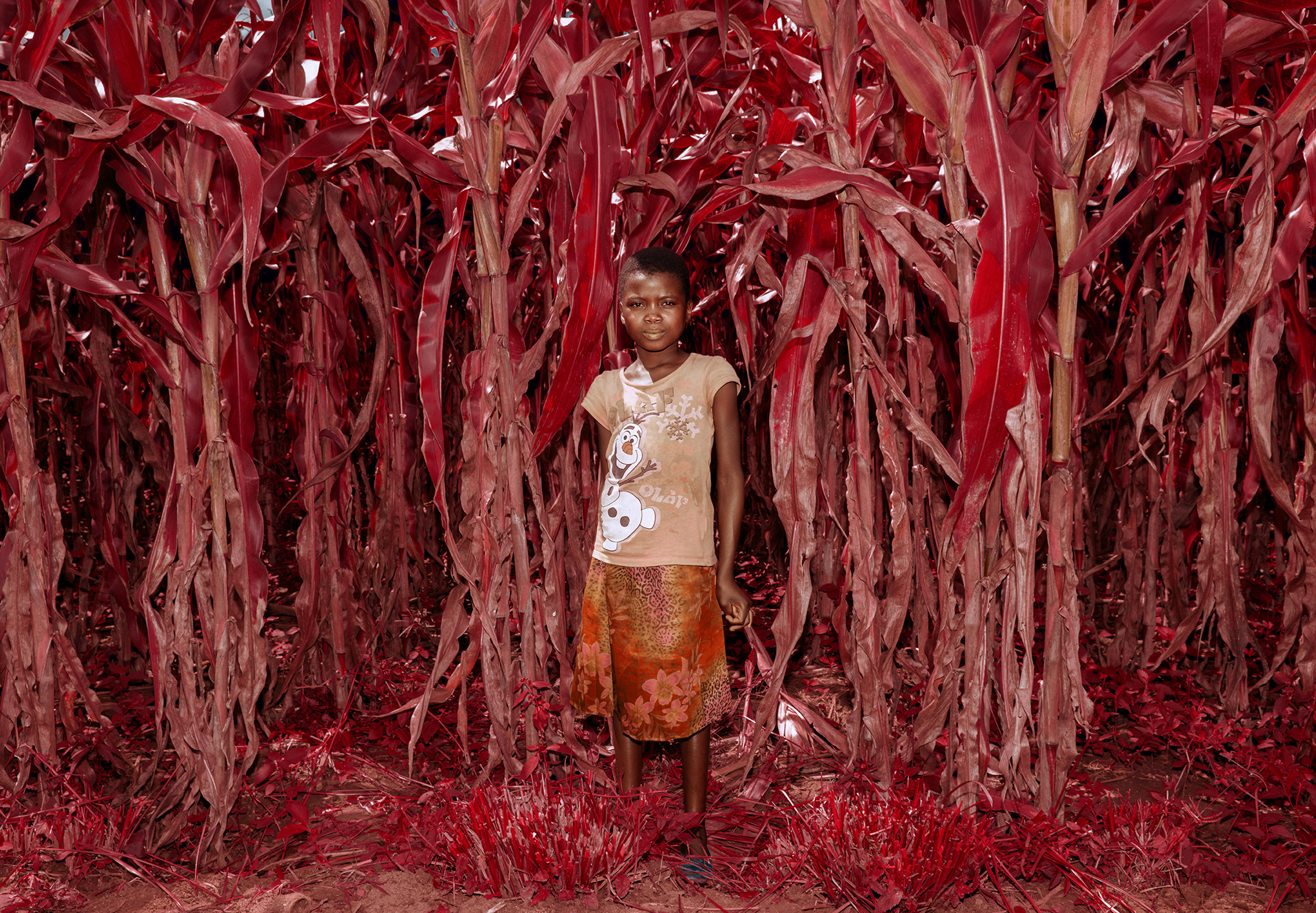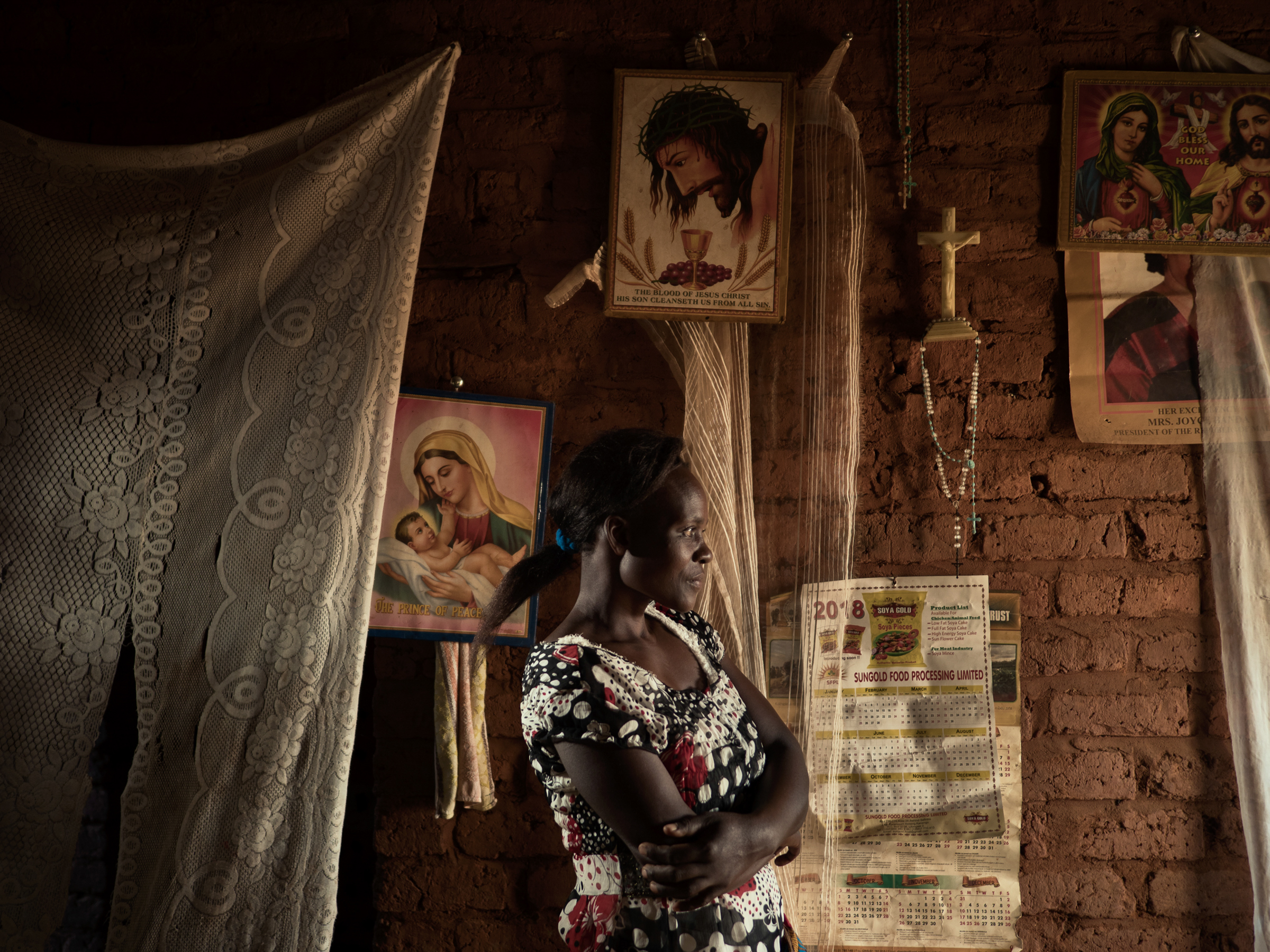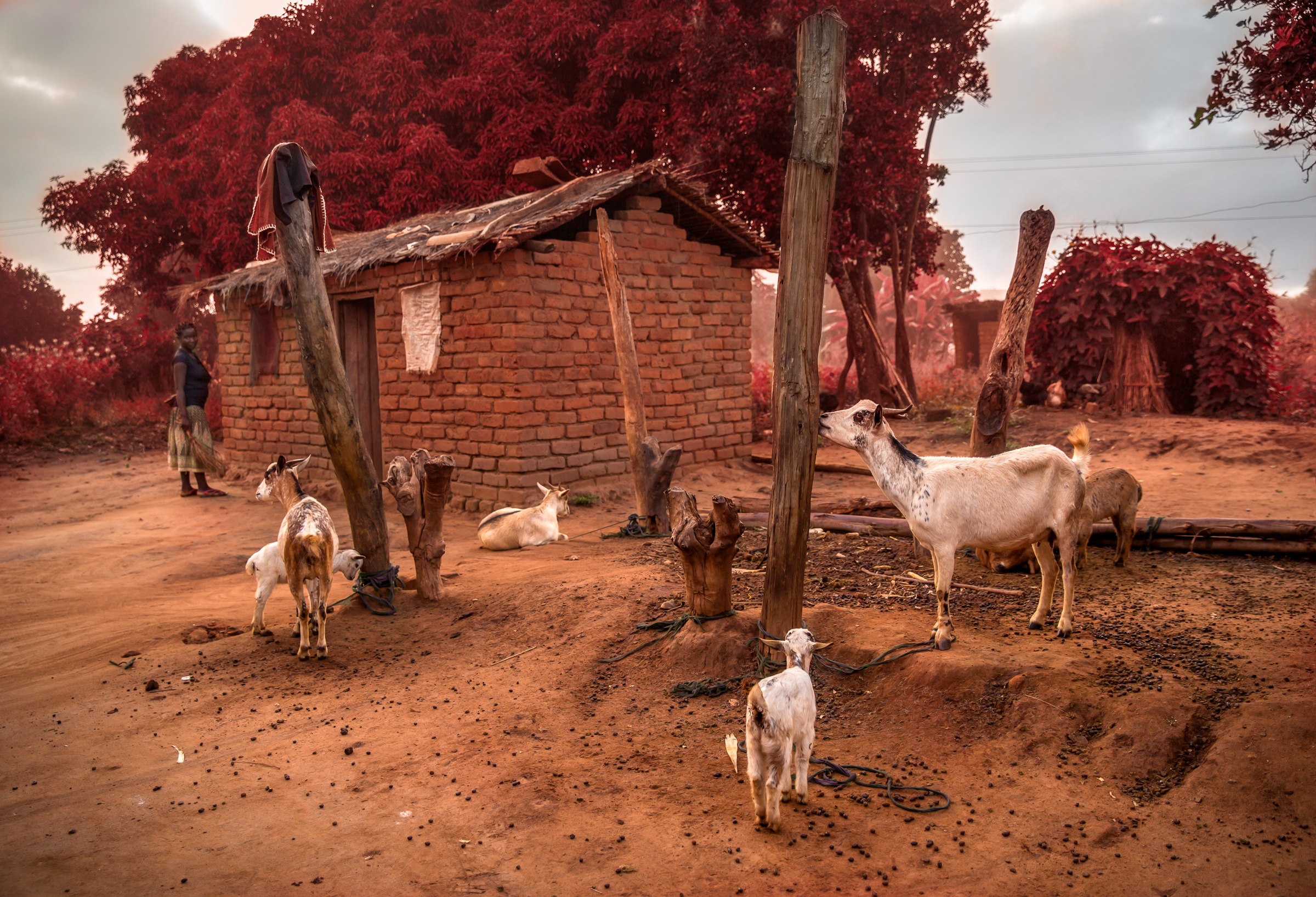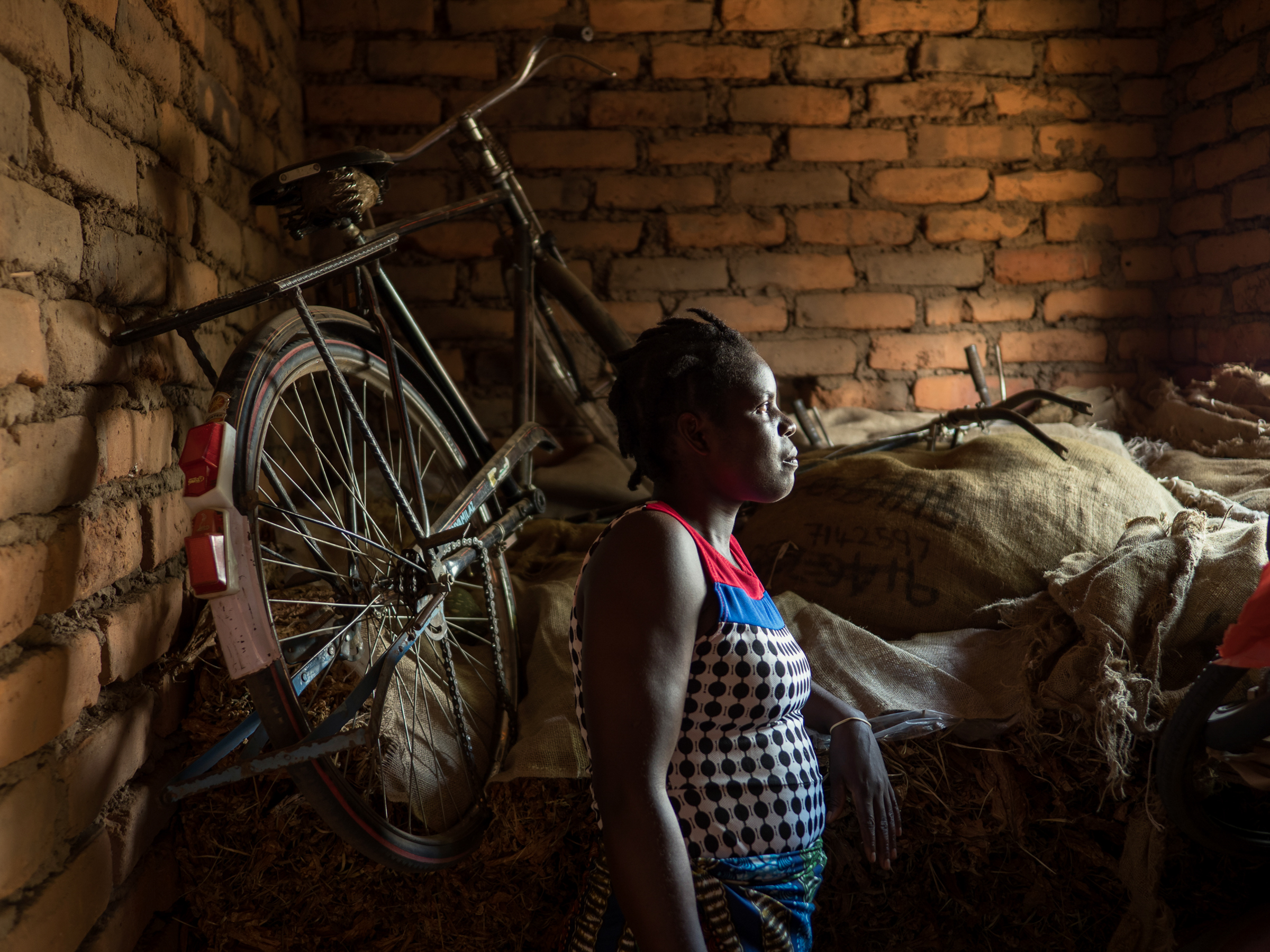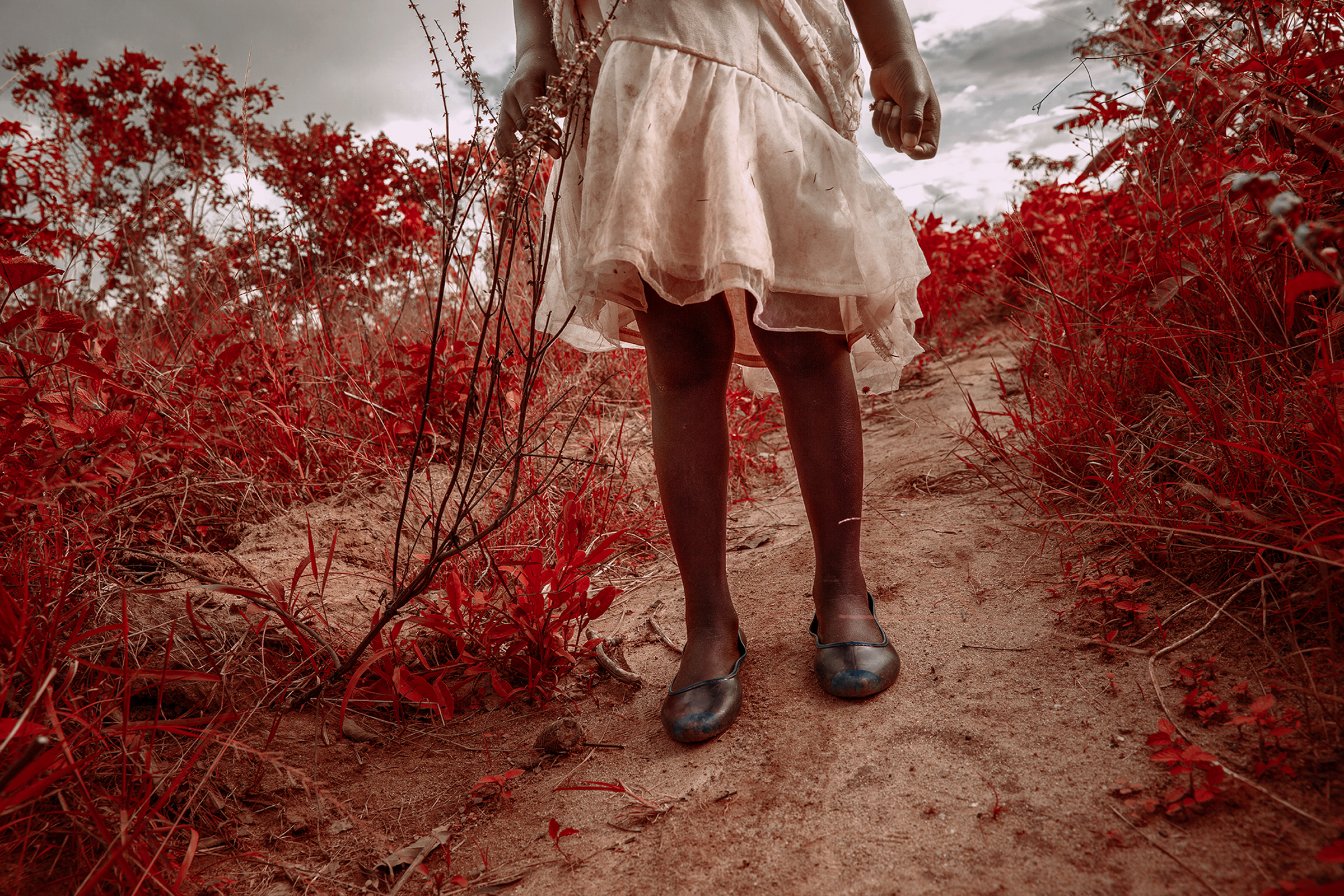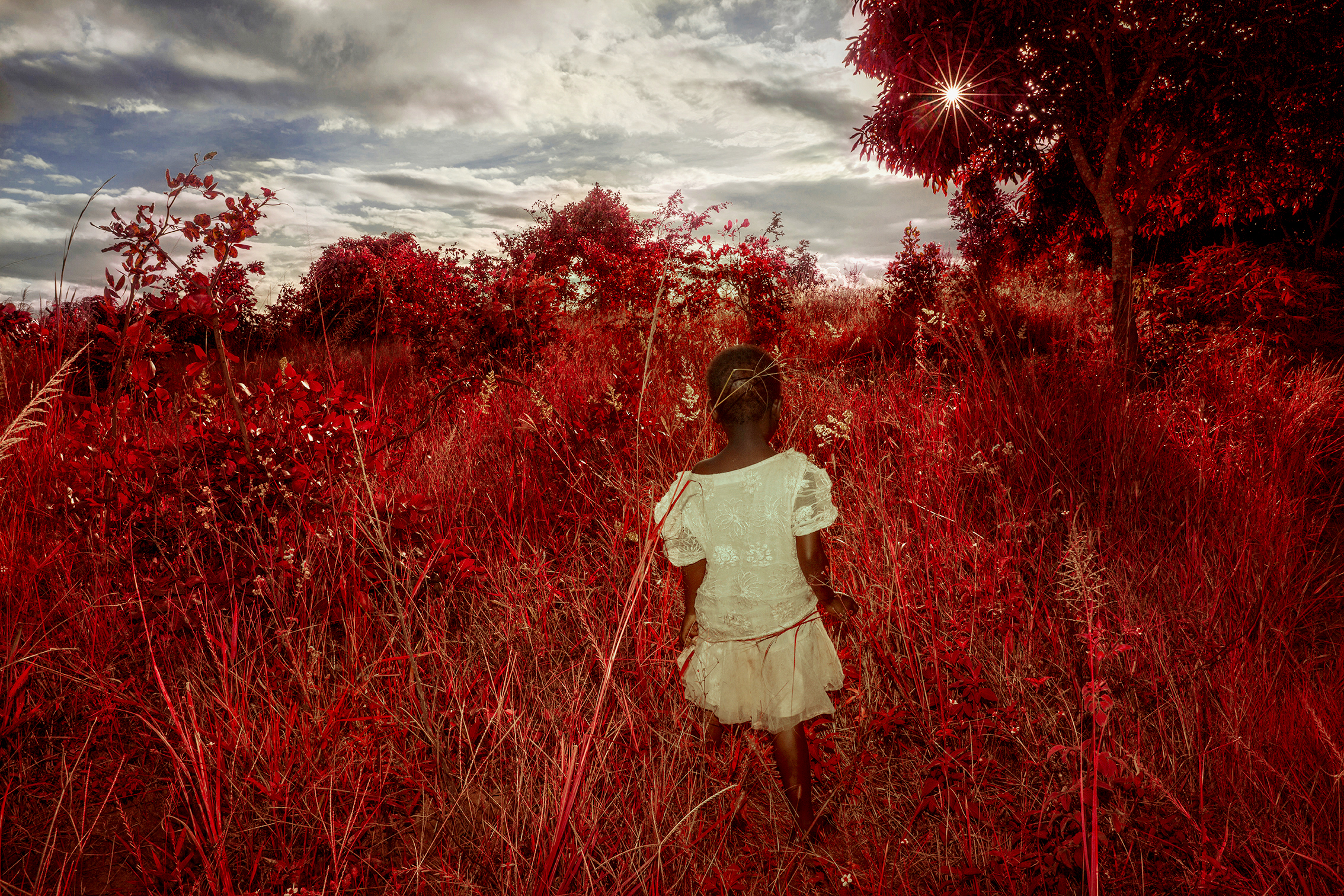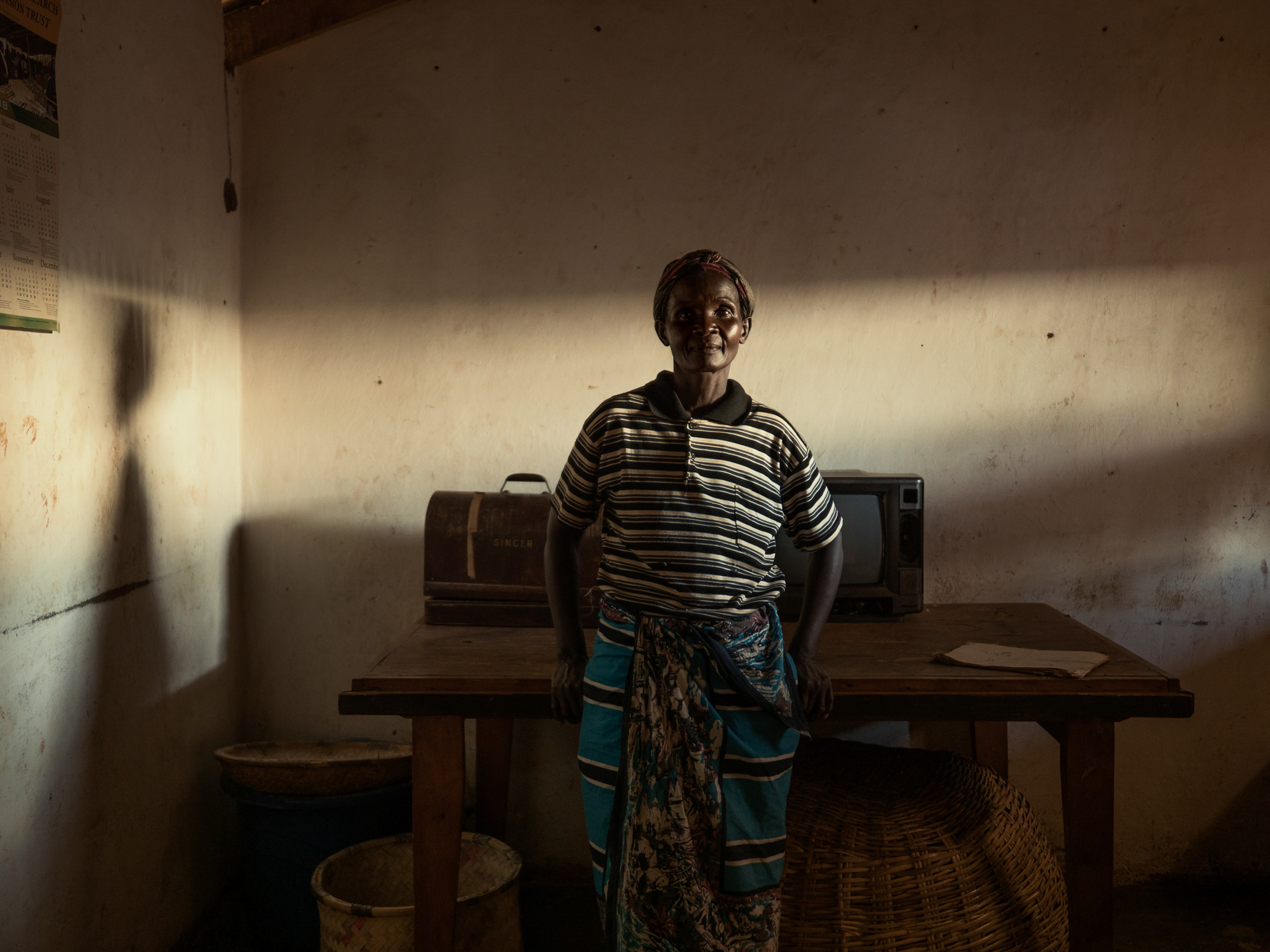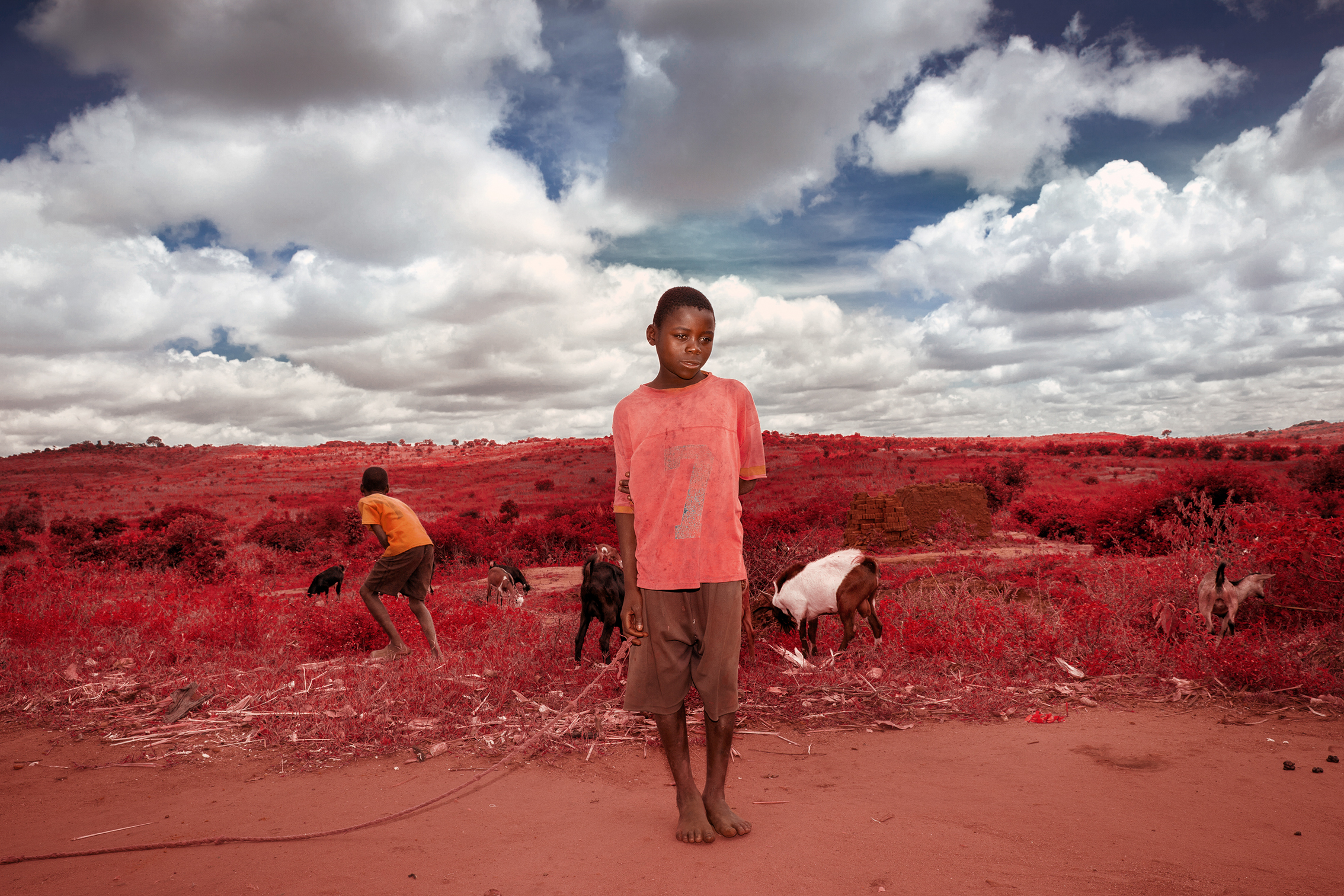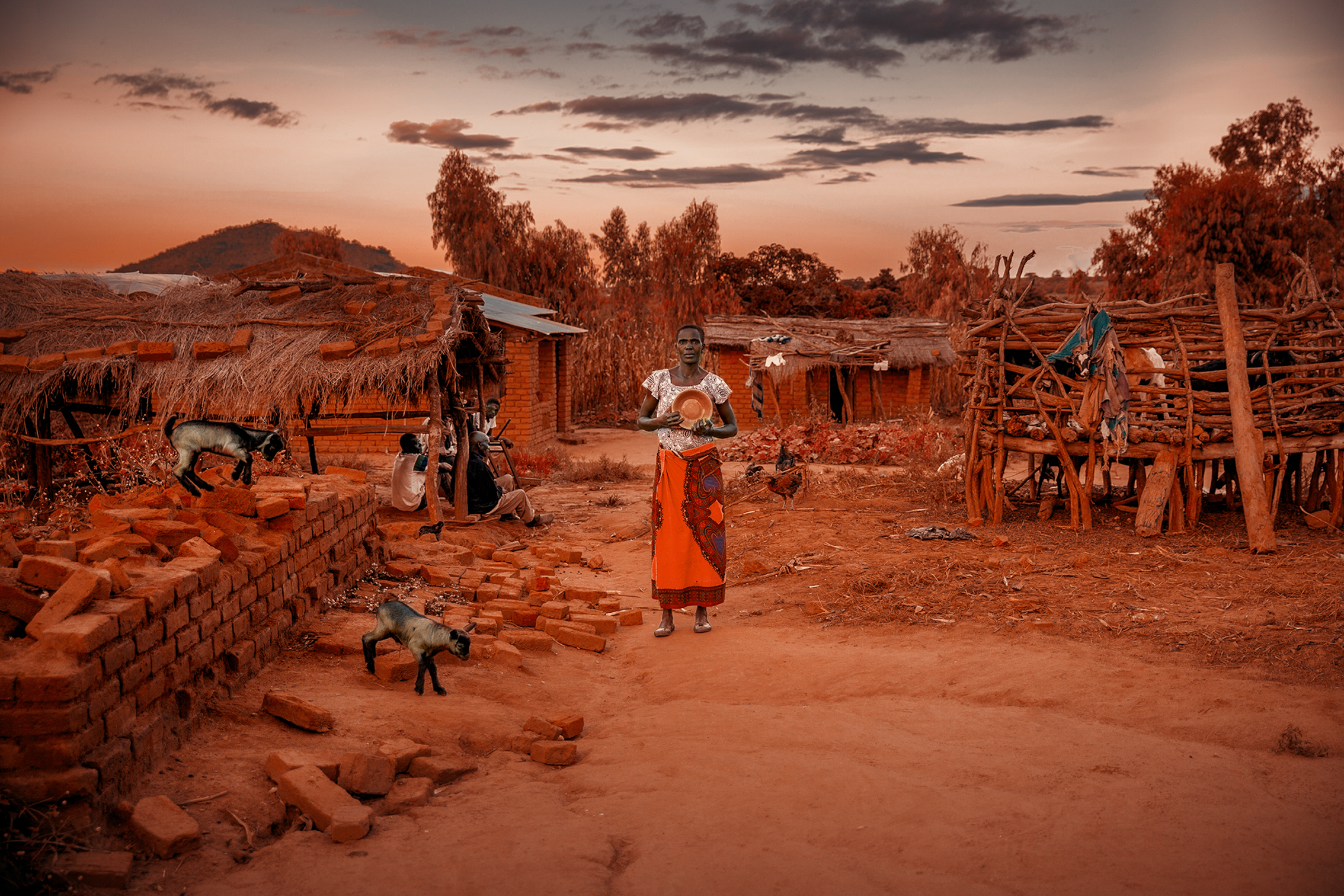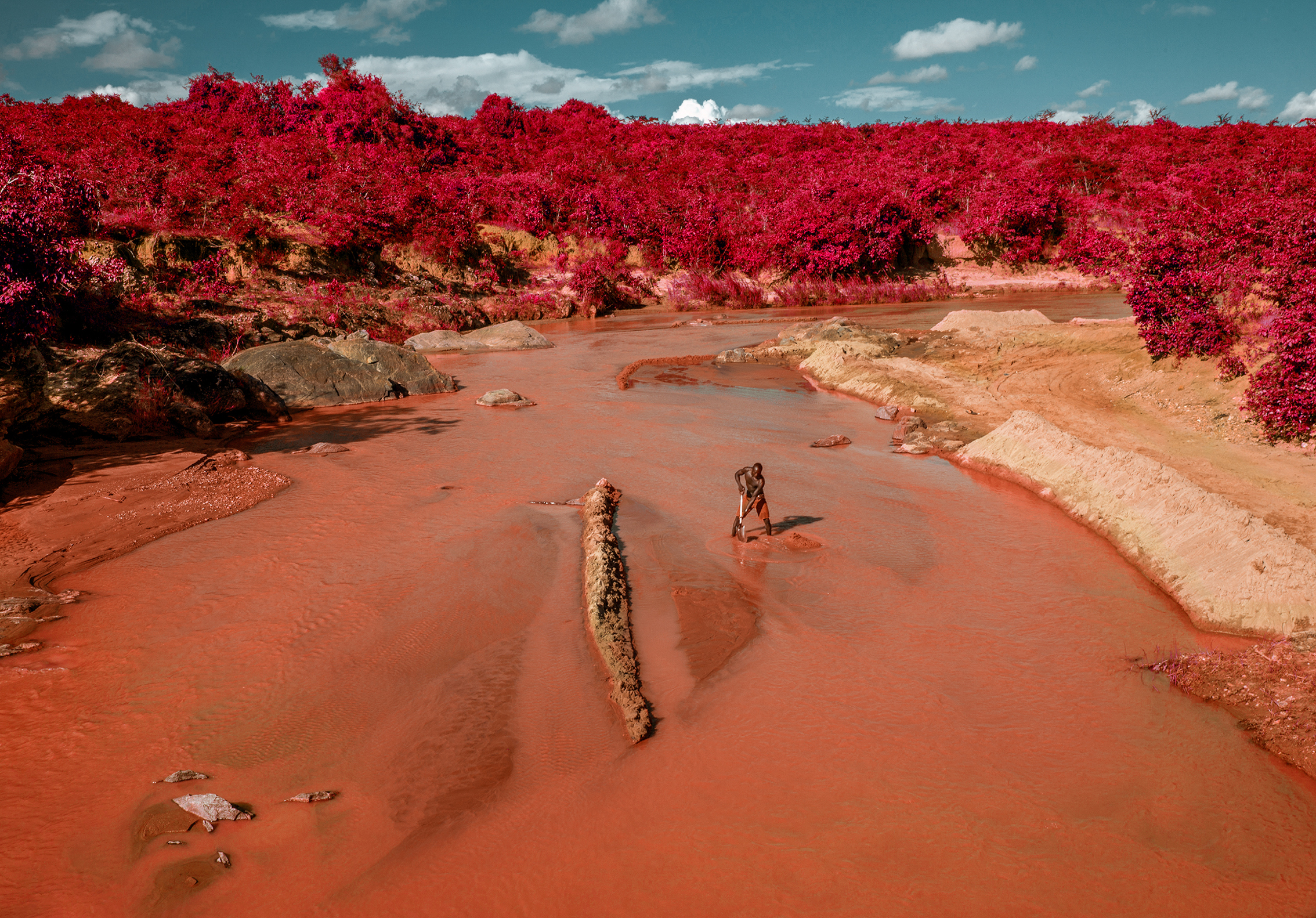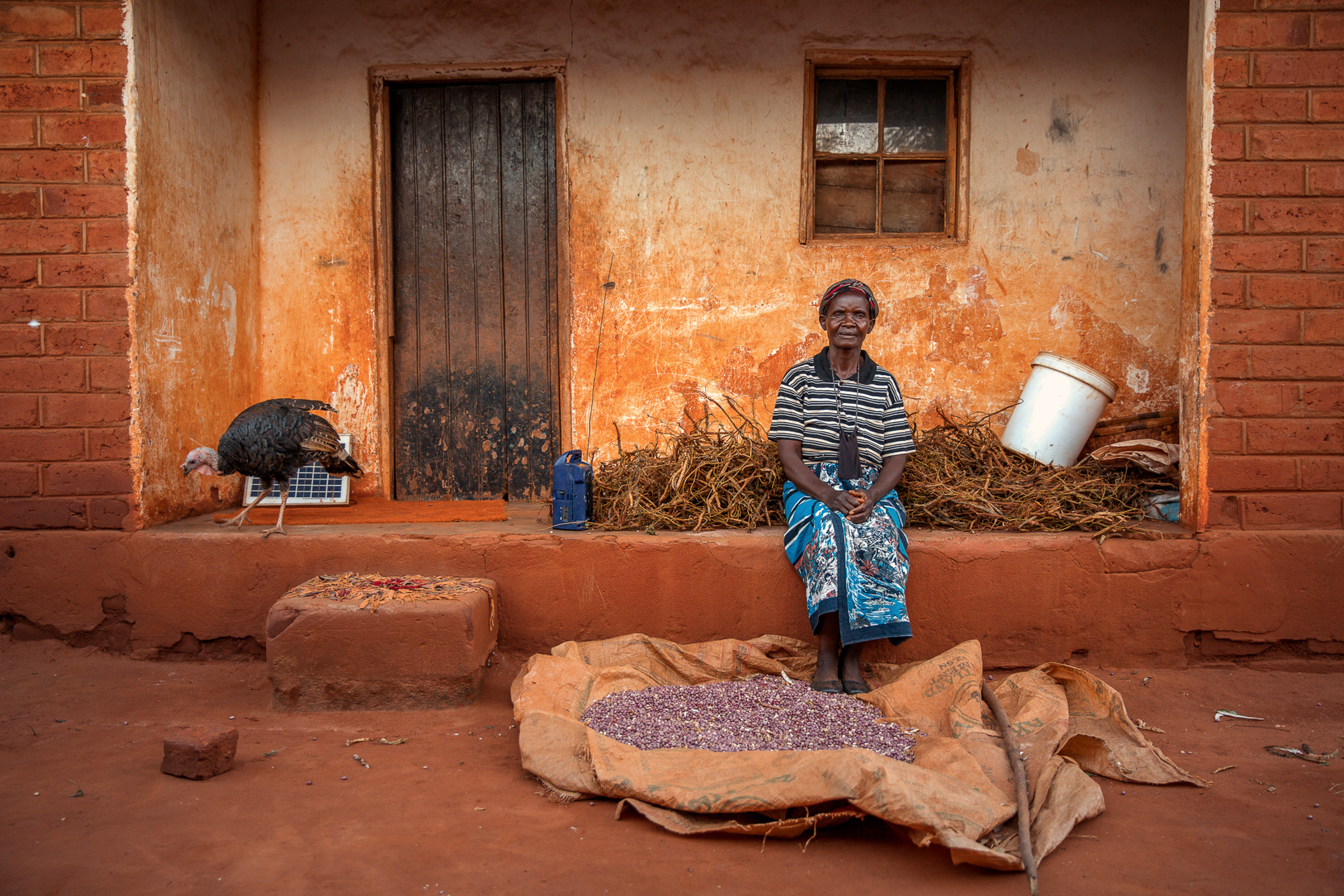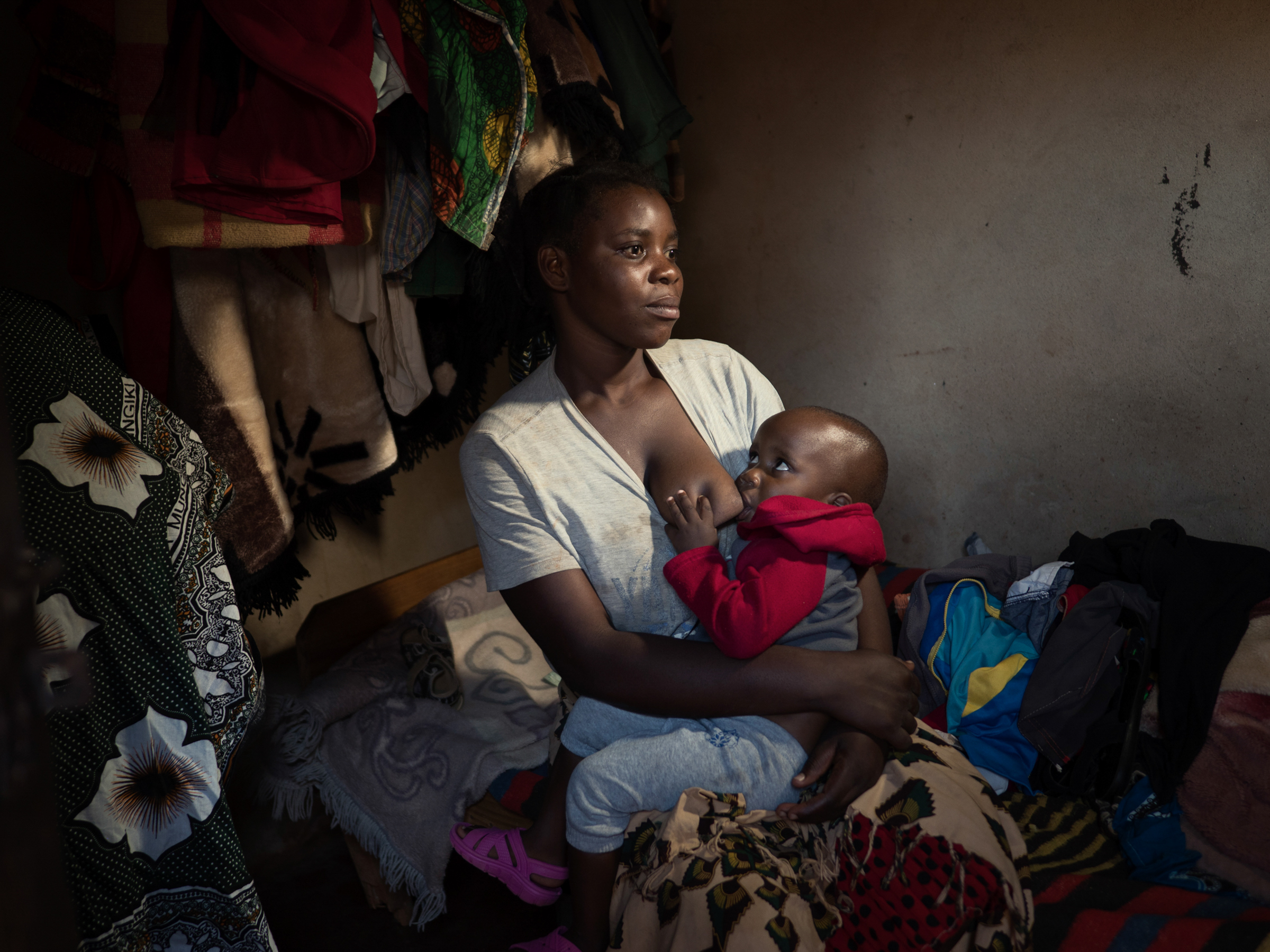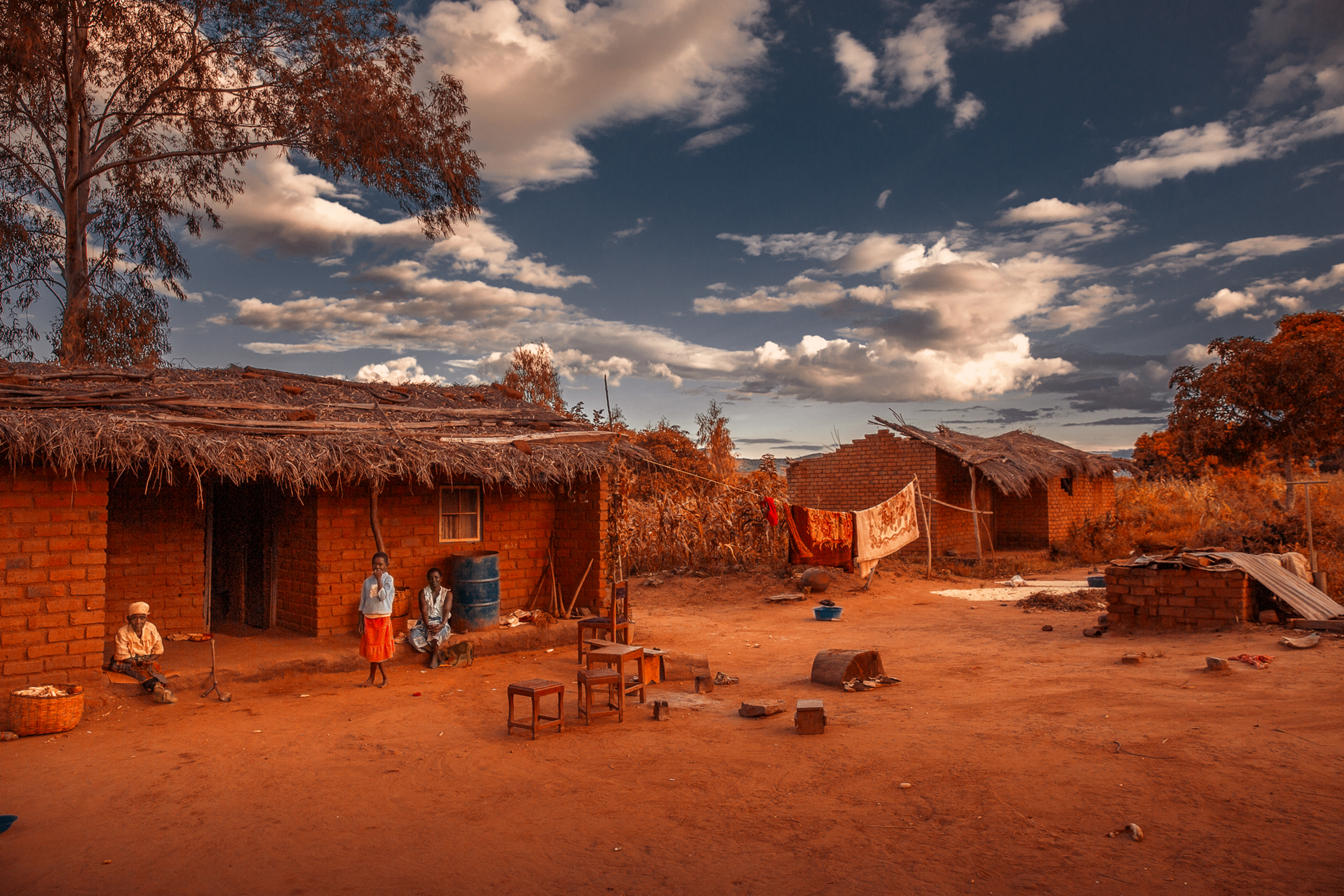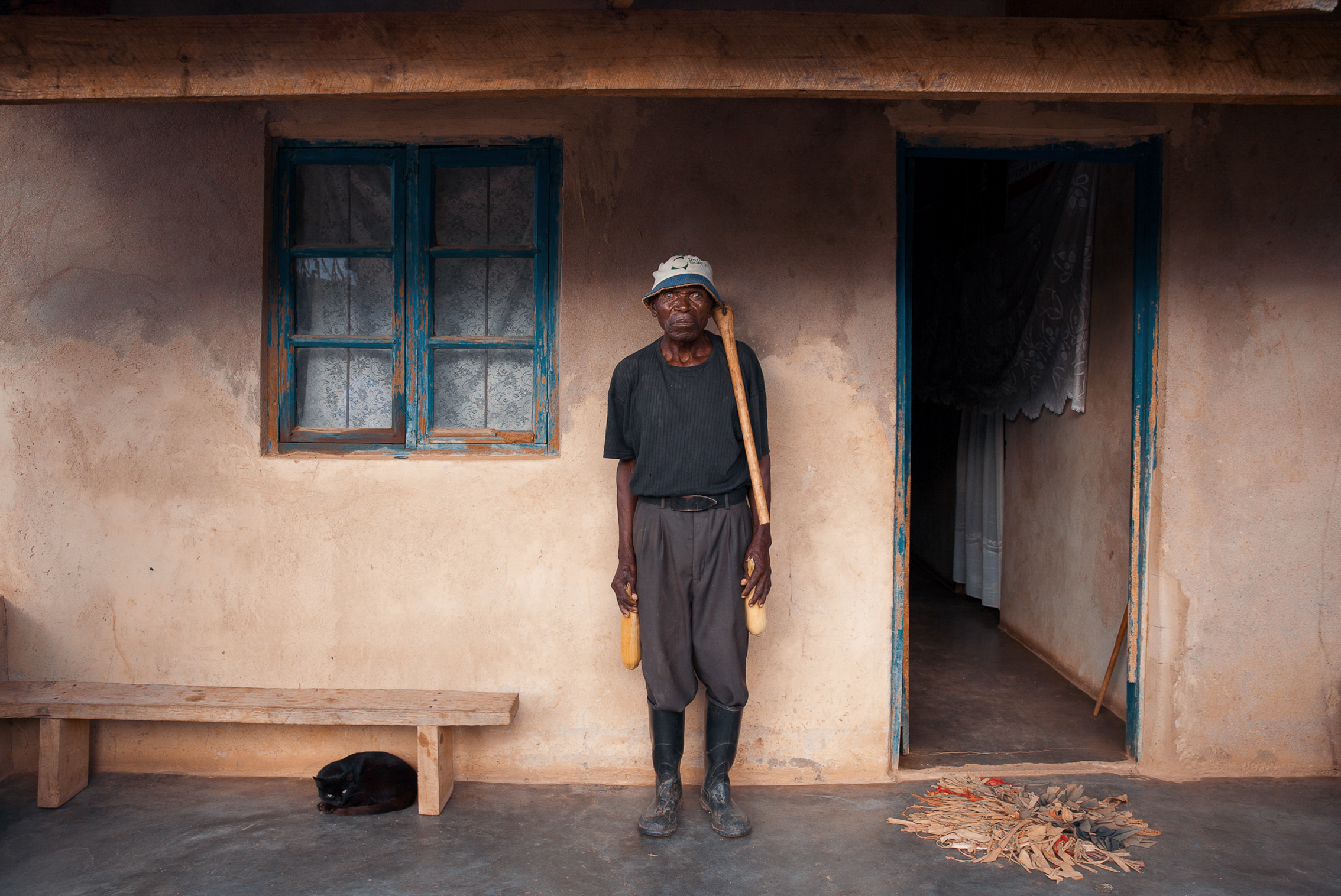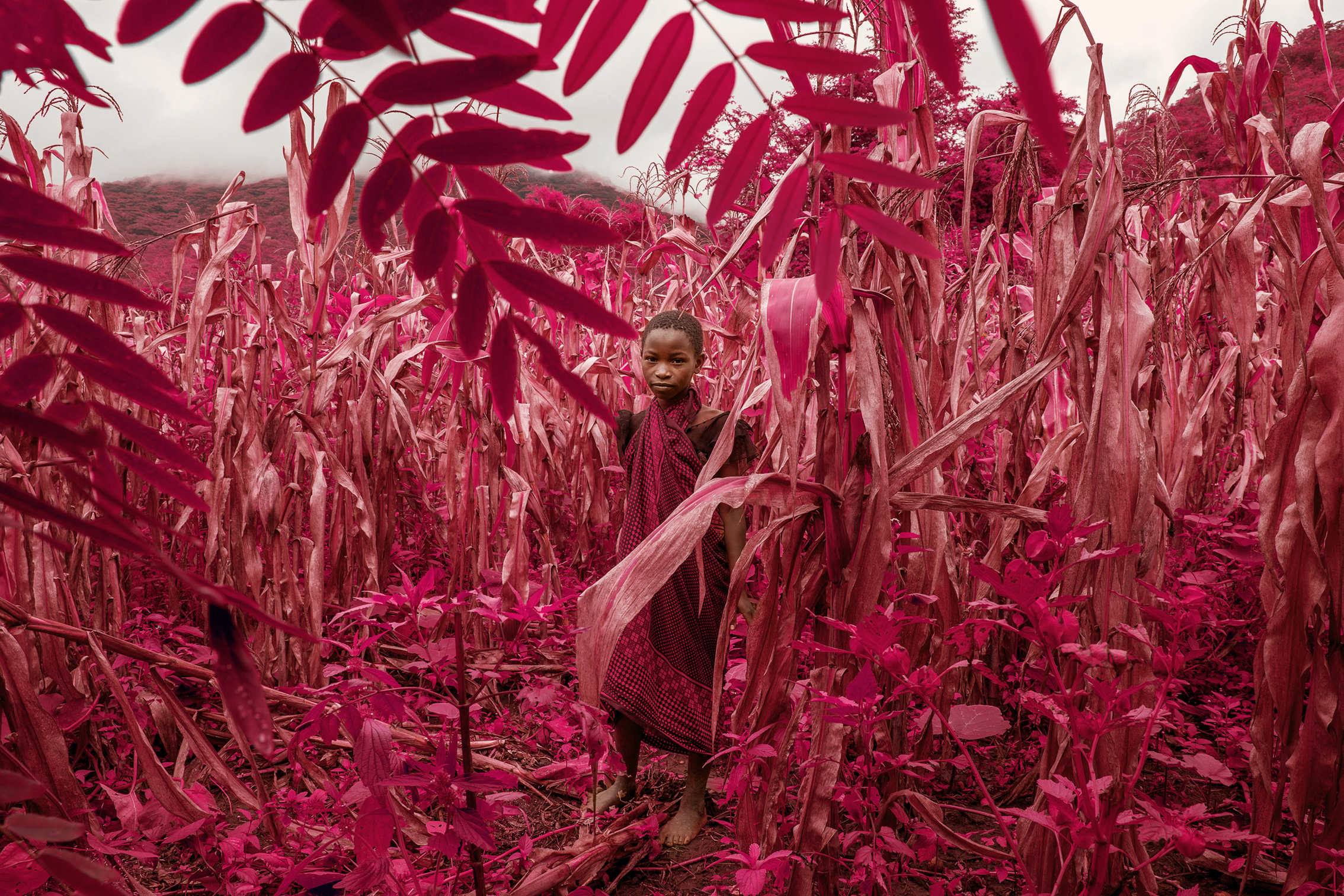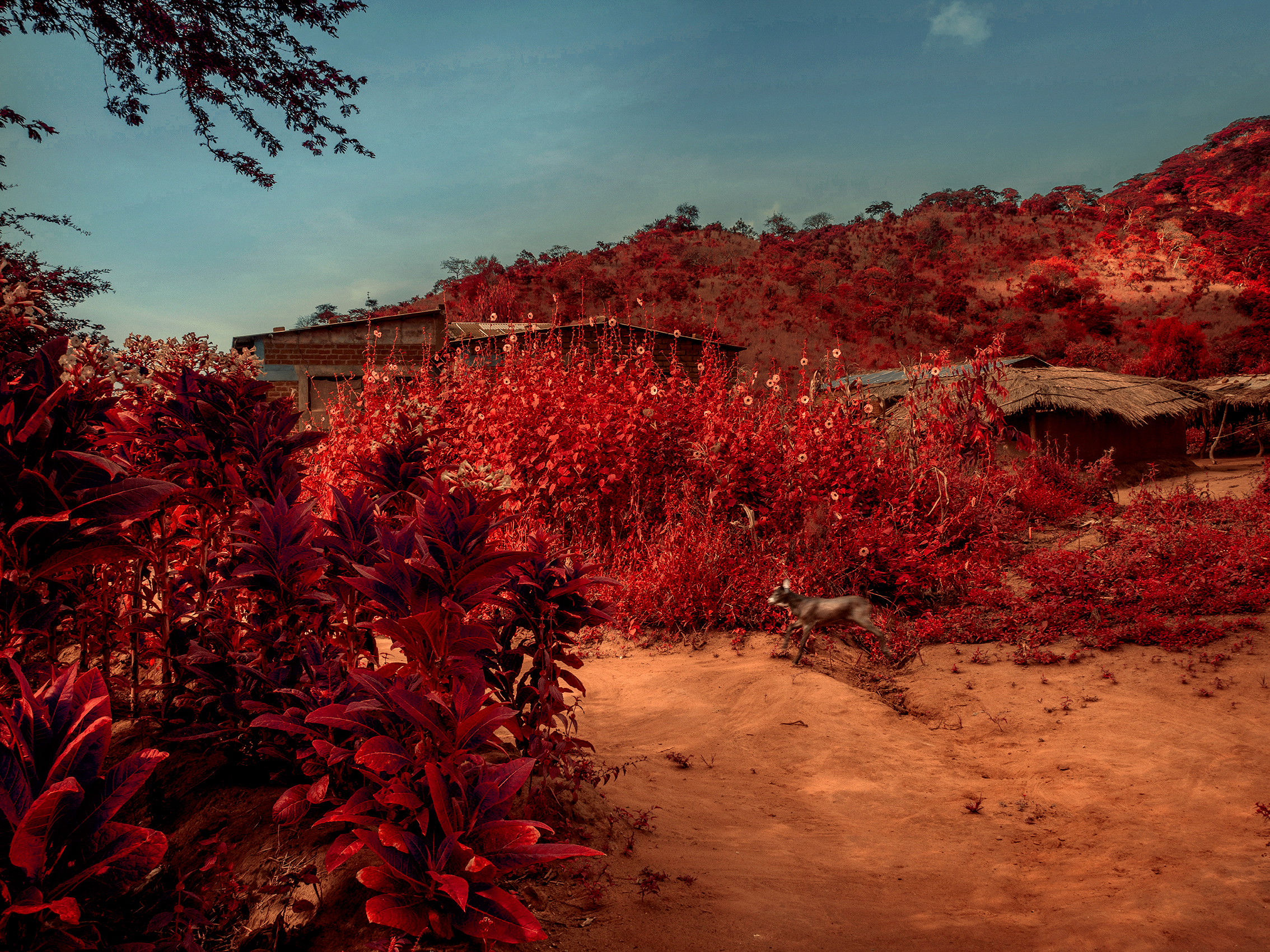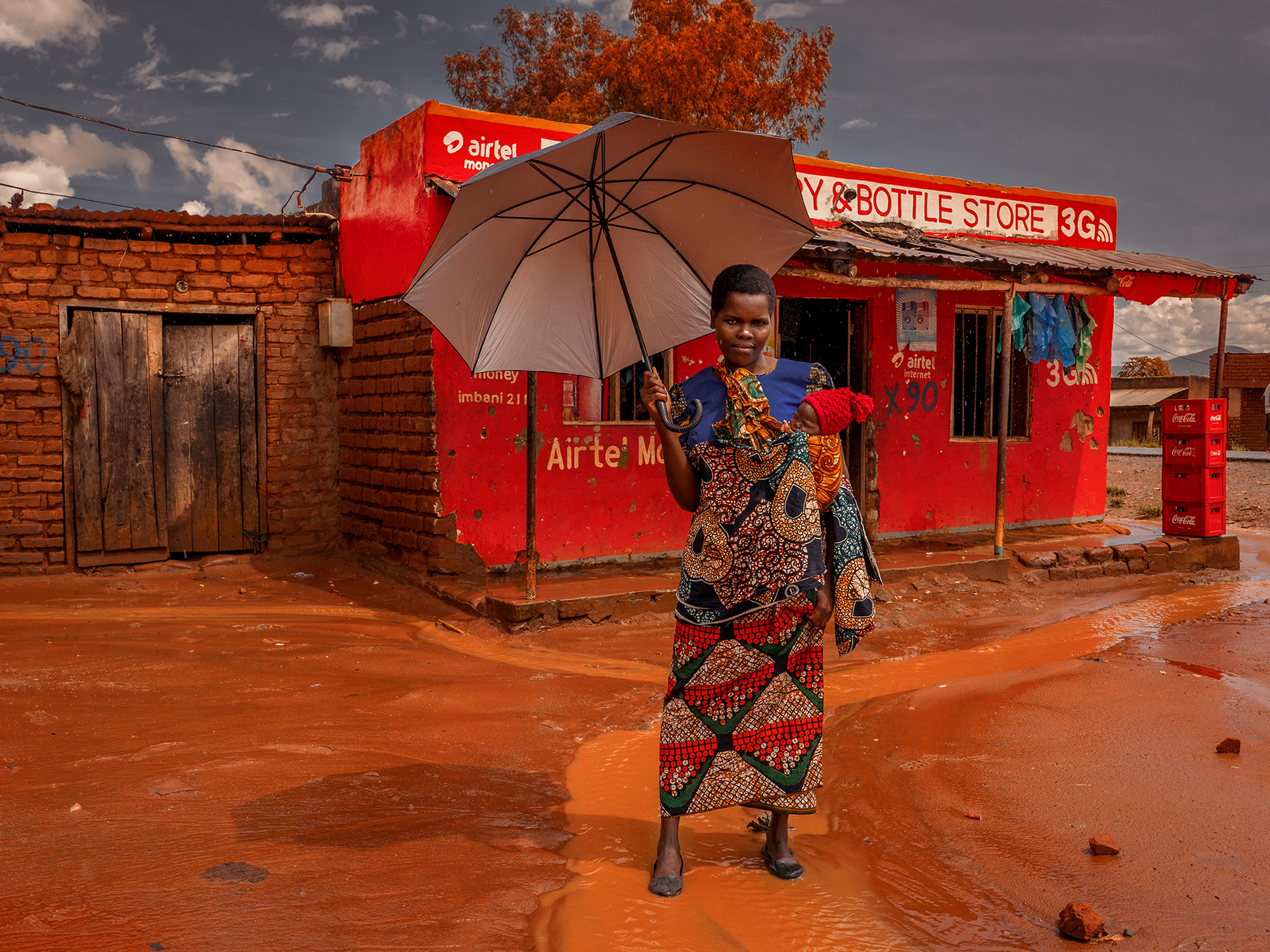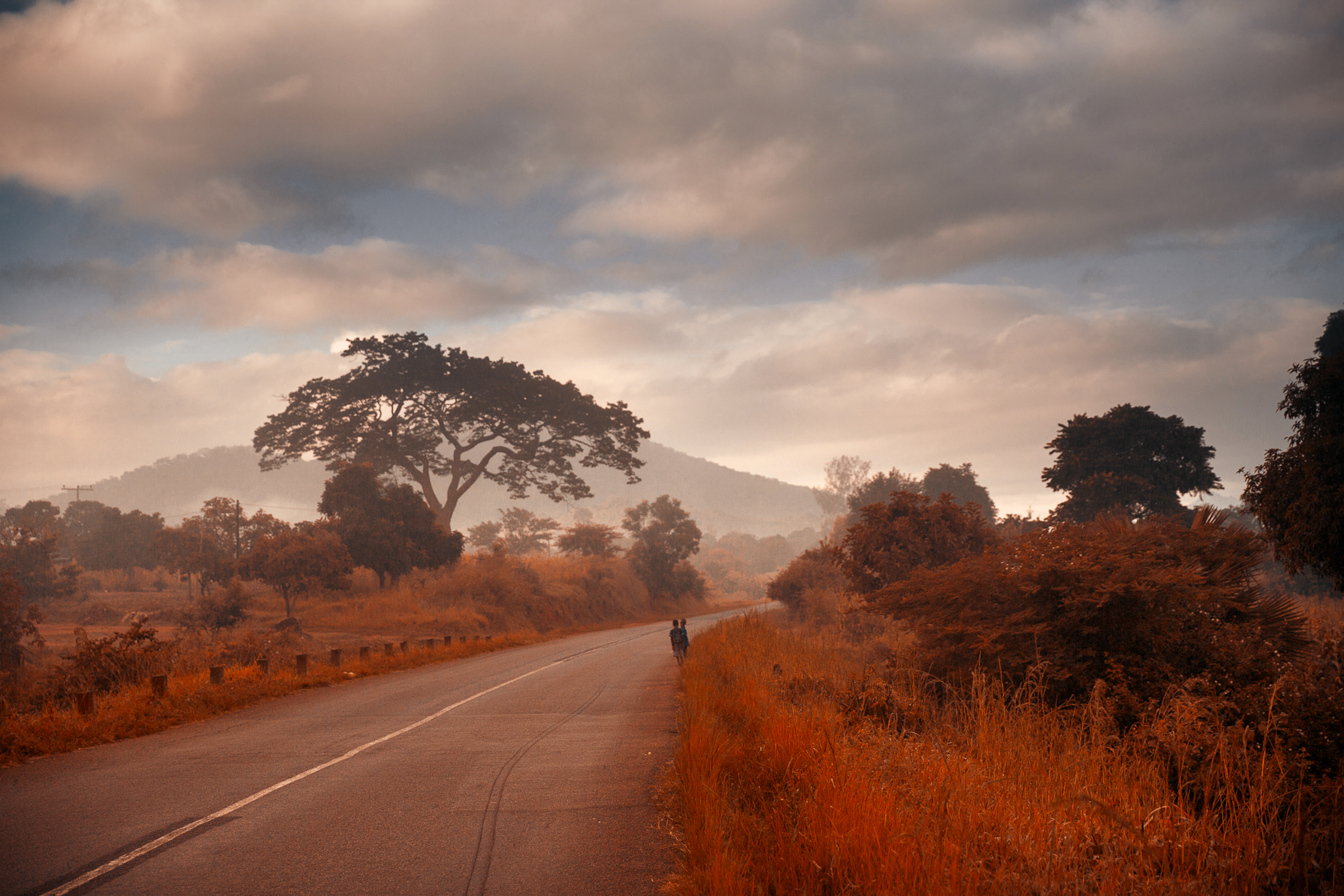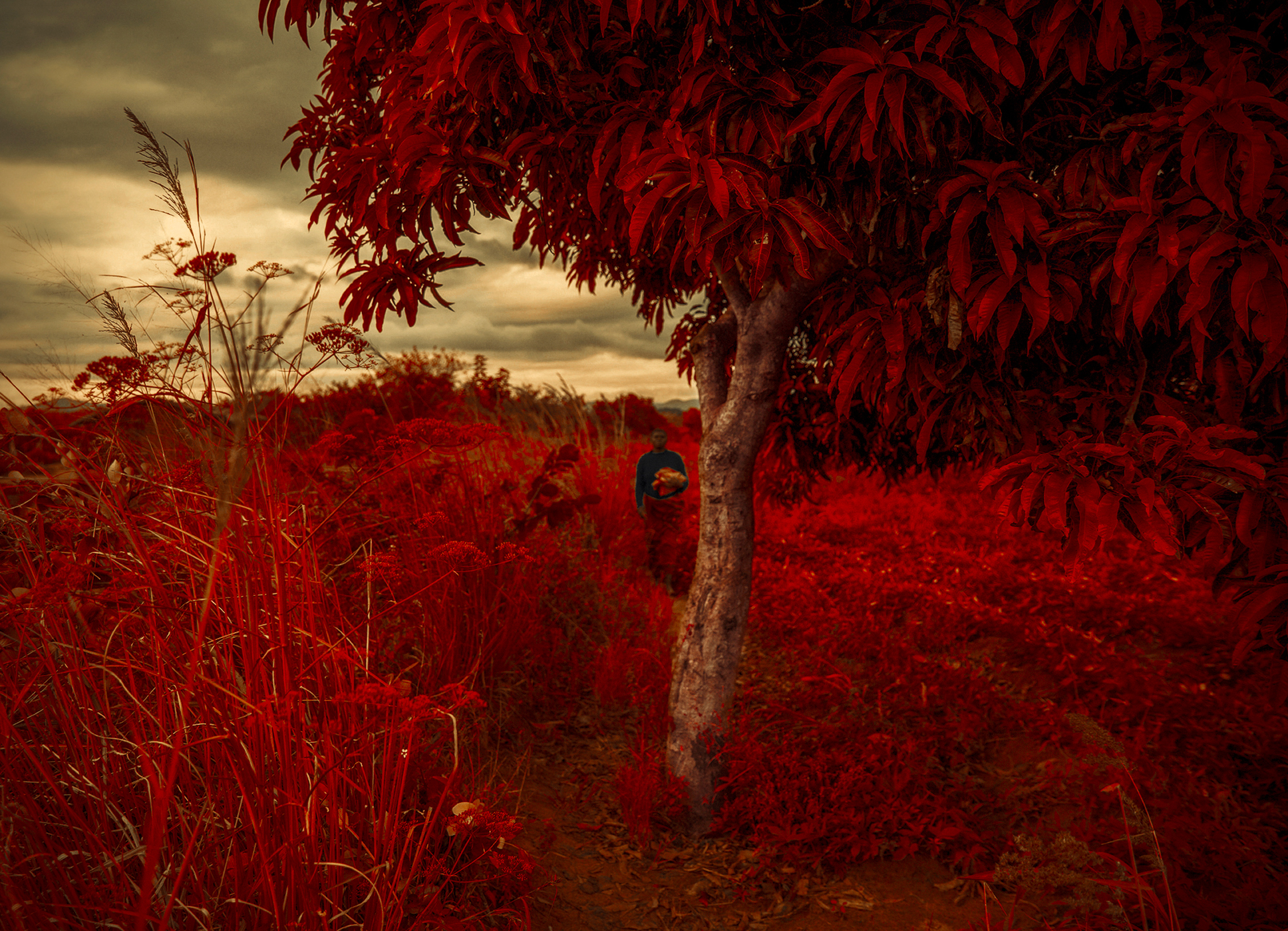B R O K E N E A R T H
Infrared images from MALAWI, which is one of the most vulnerable countries to climate change in the world, with agriculture production being the backbone of the country. According to World Bank data, 84 per cent of Malawi’s 16 million-strong population live in rural areas. As a result, millions of Malawi subsistence farmers have already experienced years of being at the frontline of climate change. The impacts of climate change in Malawi are being manifested in various ways such as intense rainfall, changing rainfall patterns, floods, droughts and prolonged dry spells. The climate crisis is no longer solely an issue of environment - it’s a moral crisis and women are paying the price because they overwhelmingly carry the burden of productive and parenting responsibilities. Women face severe problems in feeding their children in addition to the already established problems of HIV/AIDS and severe poverty. Unpredictable weather patterns make it difficult to access the most basic necessities. The effects of climate change have increased poverty and reduced crop productivity and as a result many women risk going into extramarital affairs in order to get food for their families. In the wake of climate change people have resorted to burning charcoal to survive, however, these ventures further degrade the environment and make vulnerable communities even poorer.
Malawi has one of the highest rates of child marriage in the world, with approximately 1 in 2 girls married by the age of 18, and some marry as early as the age of 11. Last year, marriage before the age of 18 was made illegal, a huge and symbolic step for Malawi. Child marriage campaigners say it’s too early to tell if the law’s been a success, and also point out that there’s a long way to go to change tradition and culture, as well as focusing government investment on the surrounding infrastructure to support girls, from education to sex education.
The images were shot on assignment for the Norwegian Development Fund - Utviklingsfondet.
